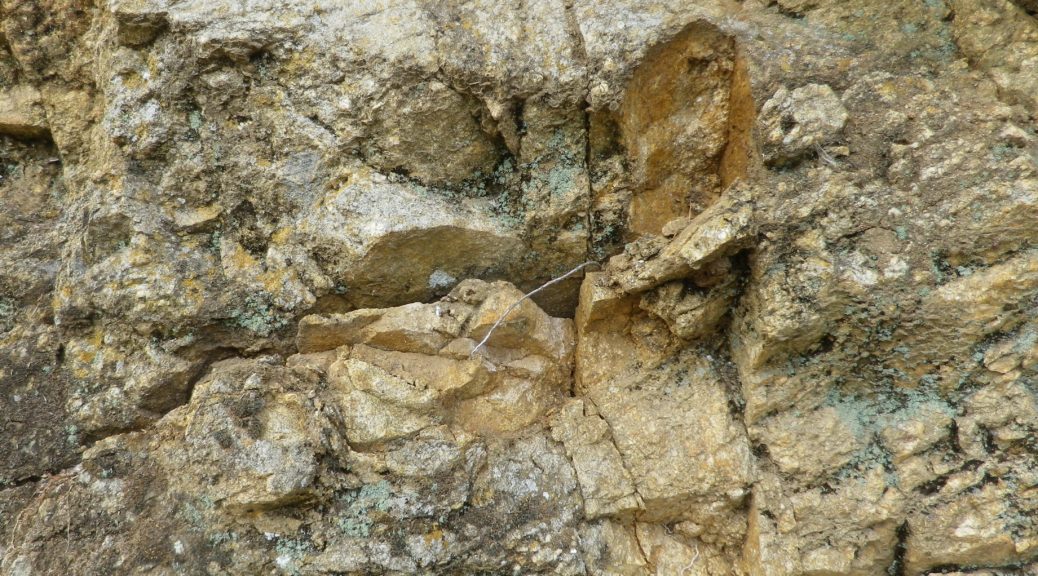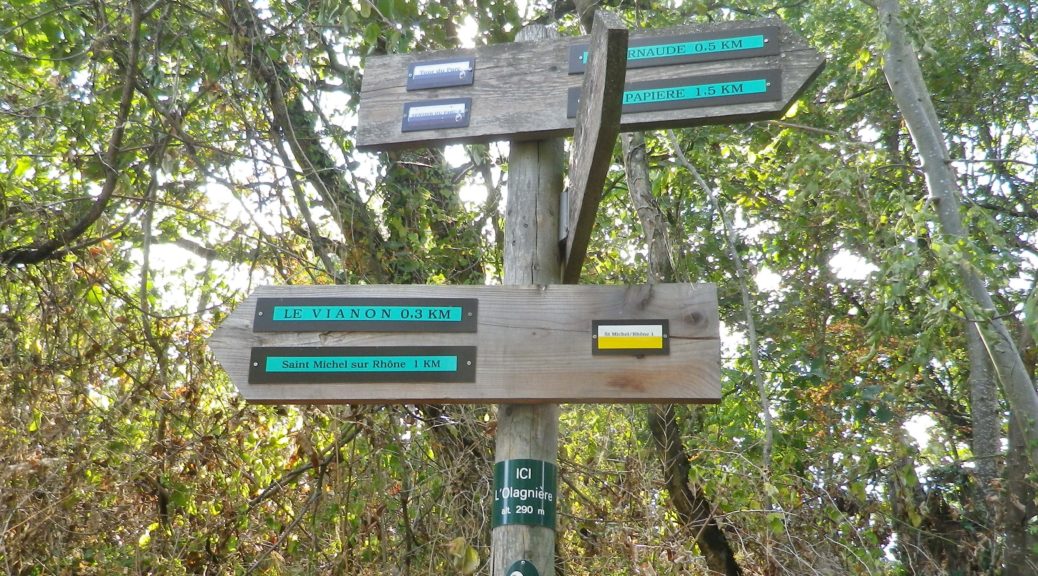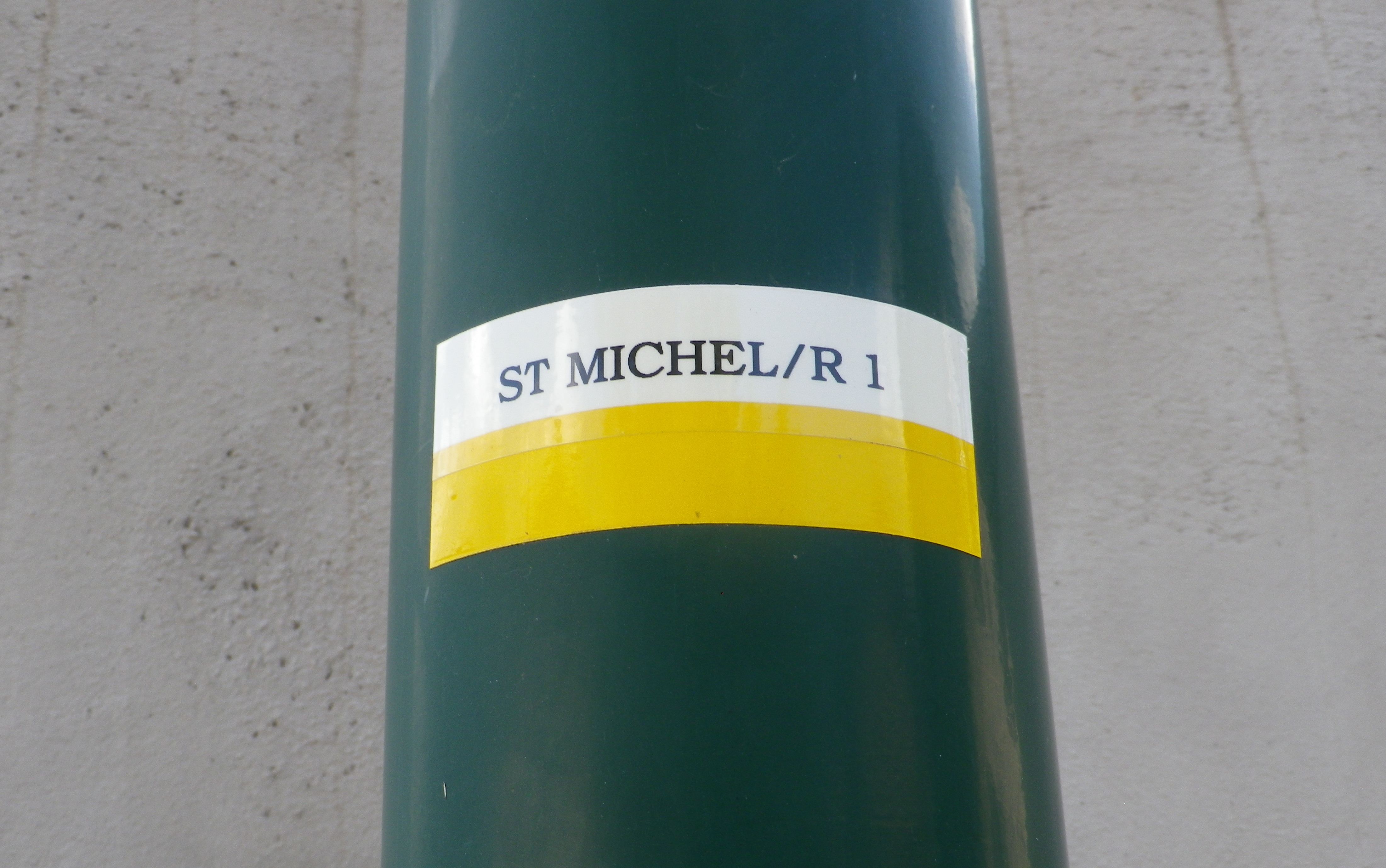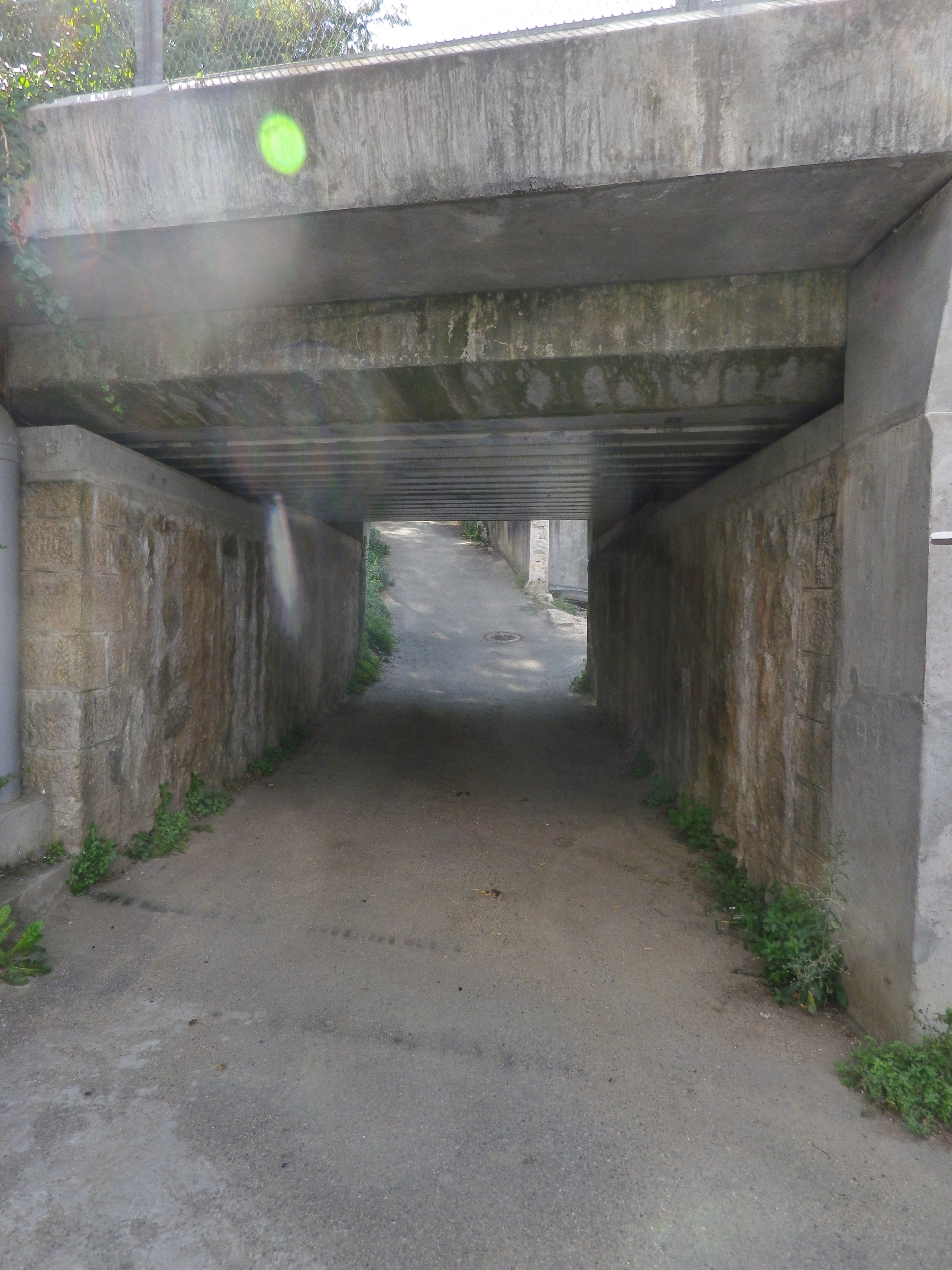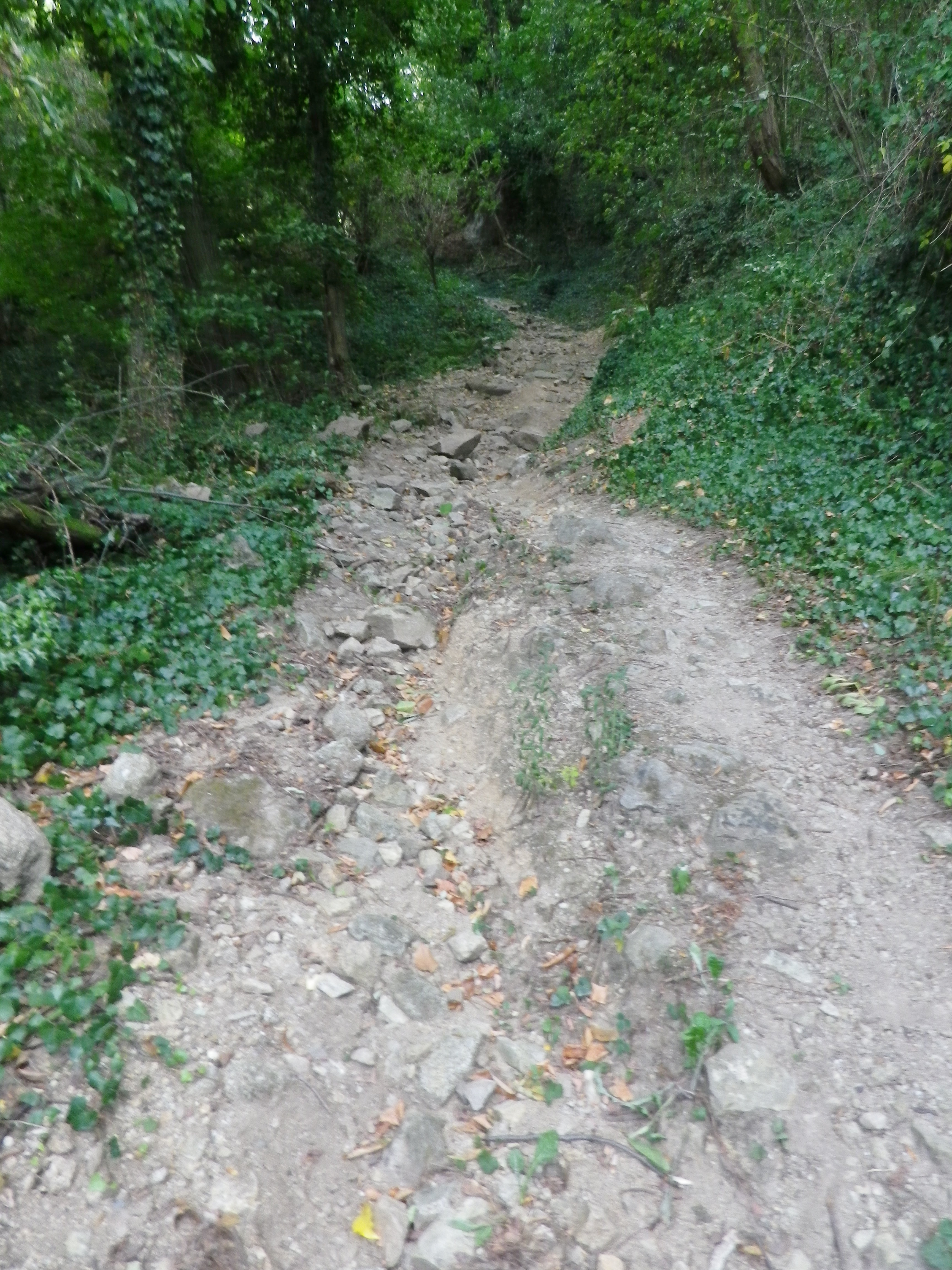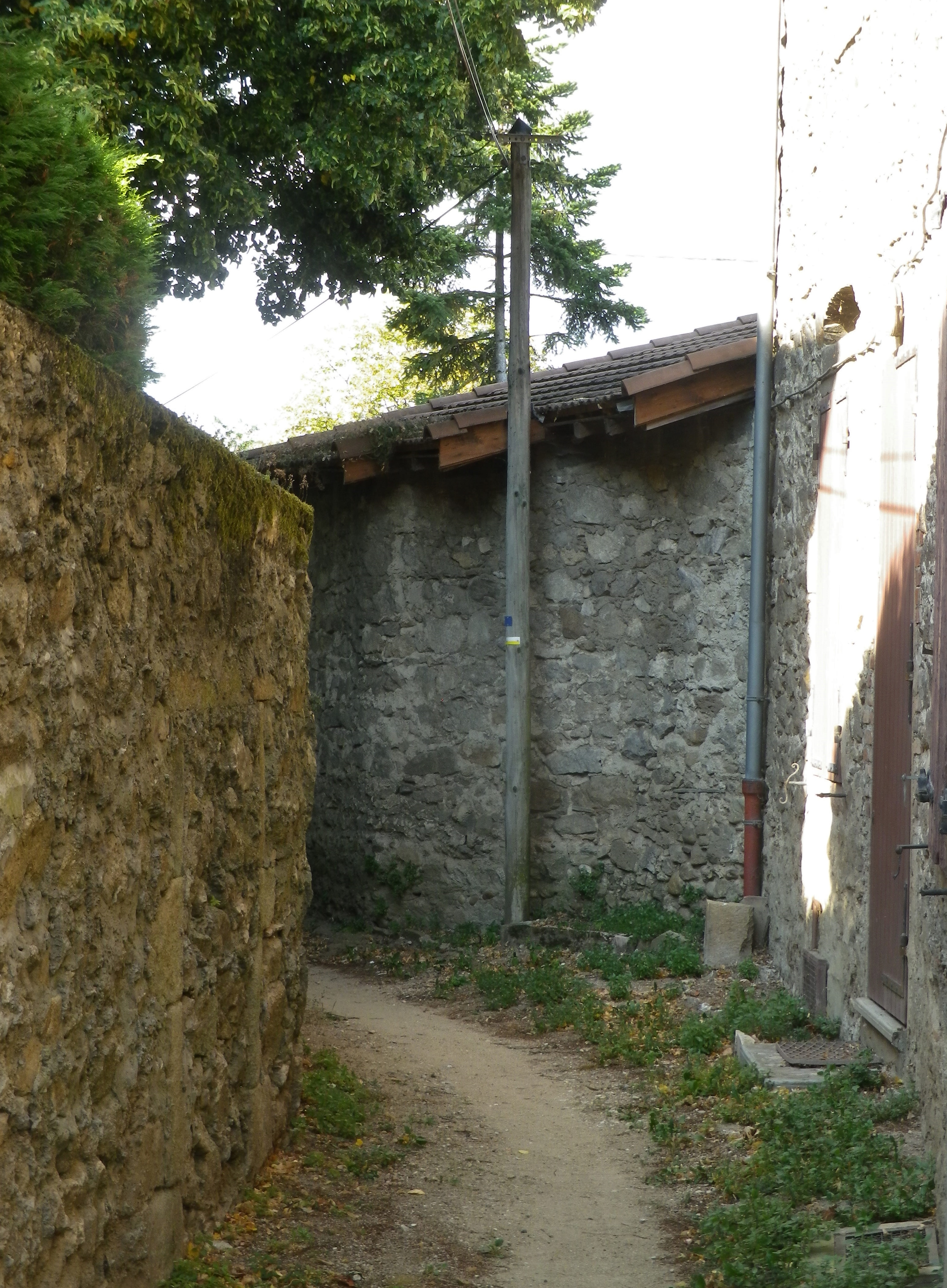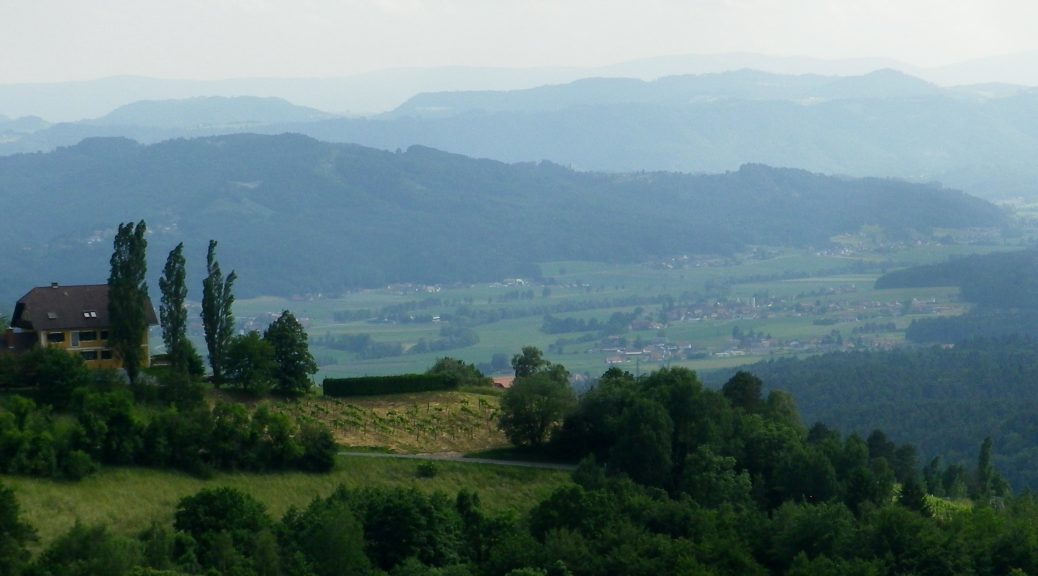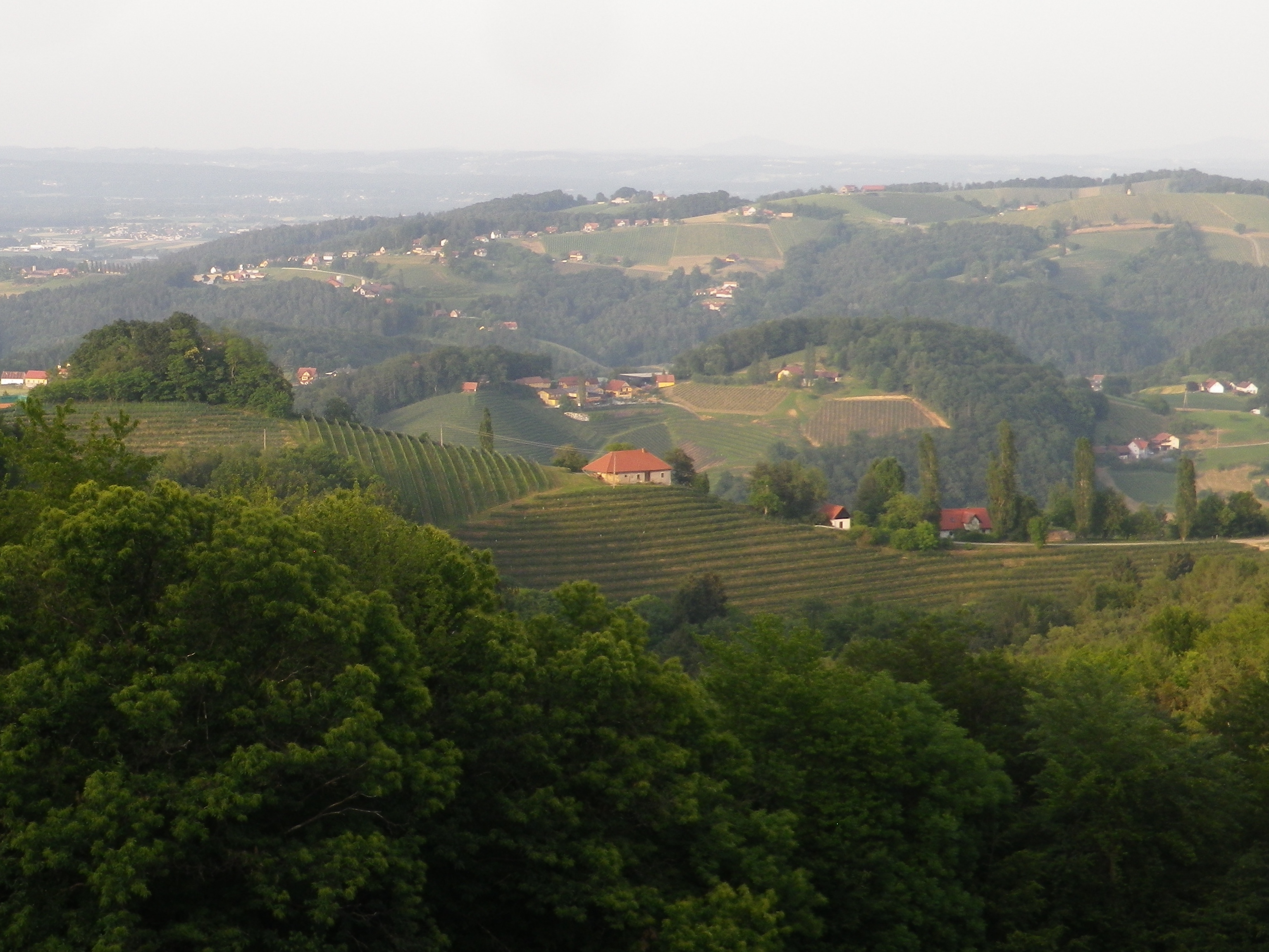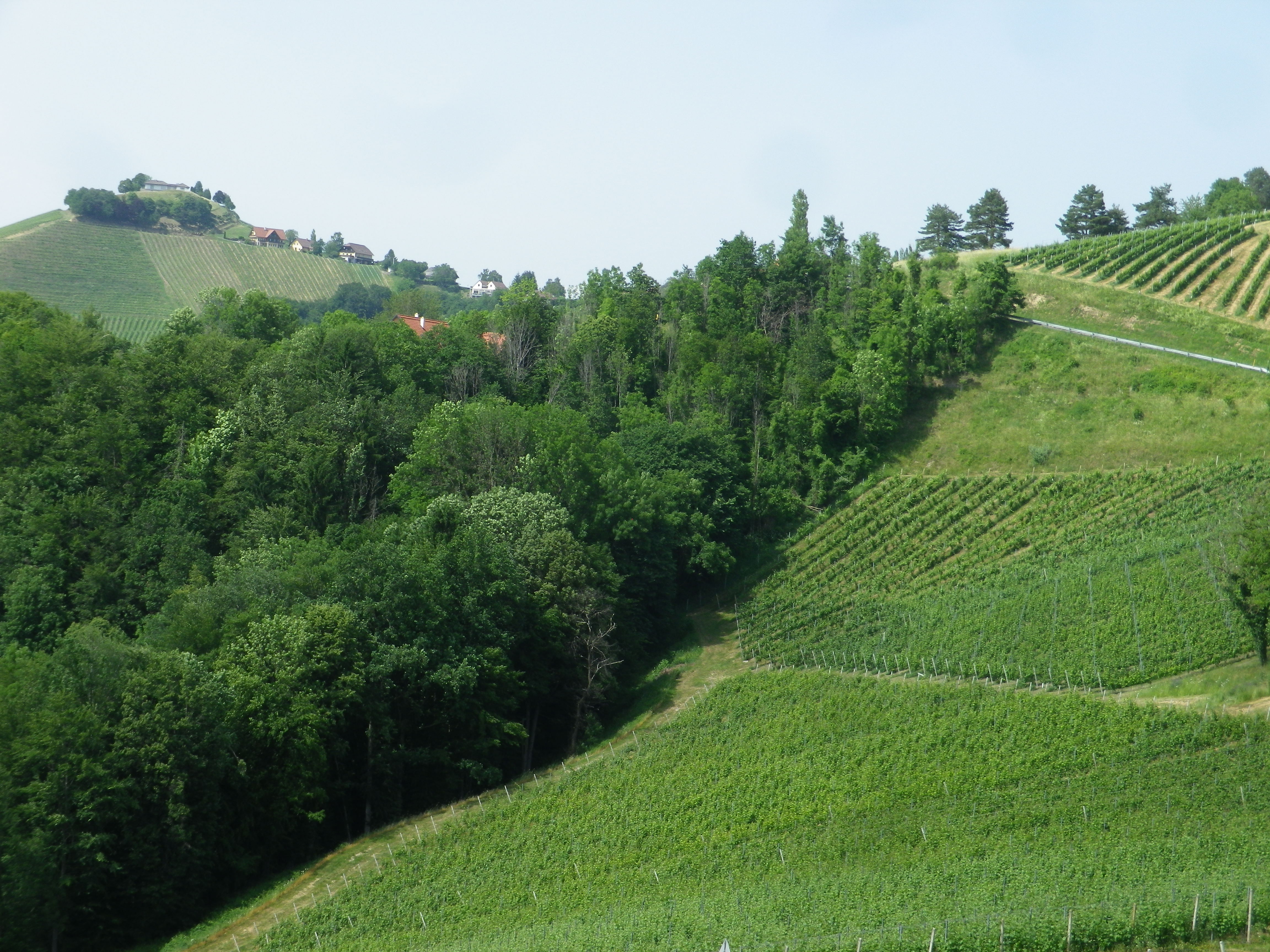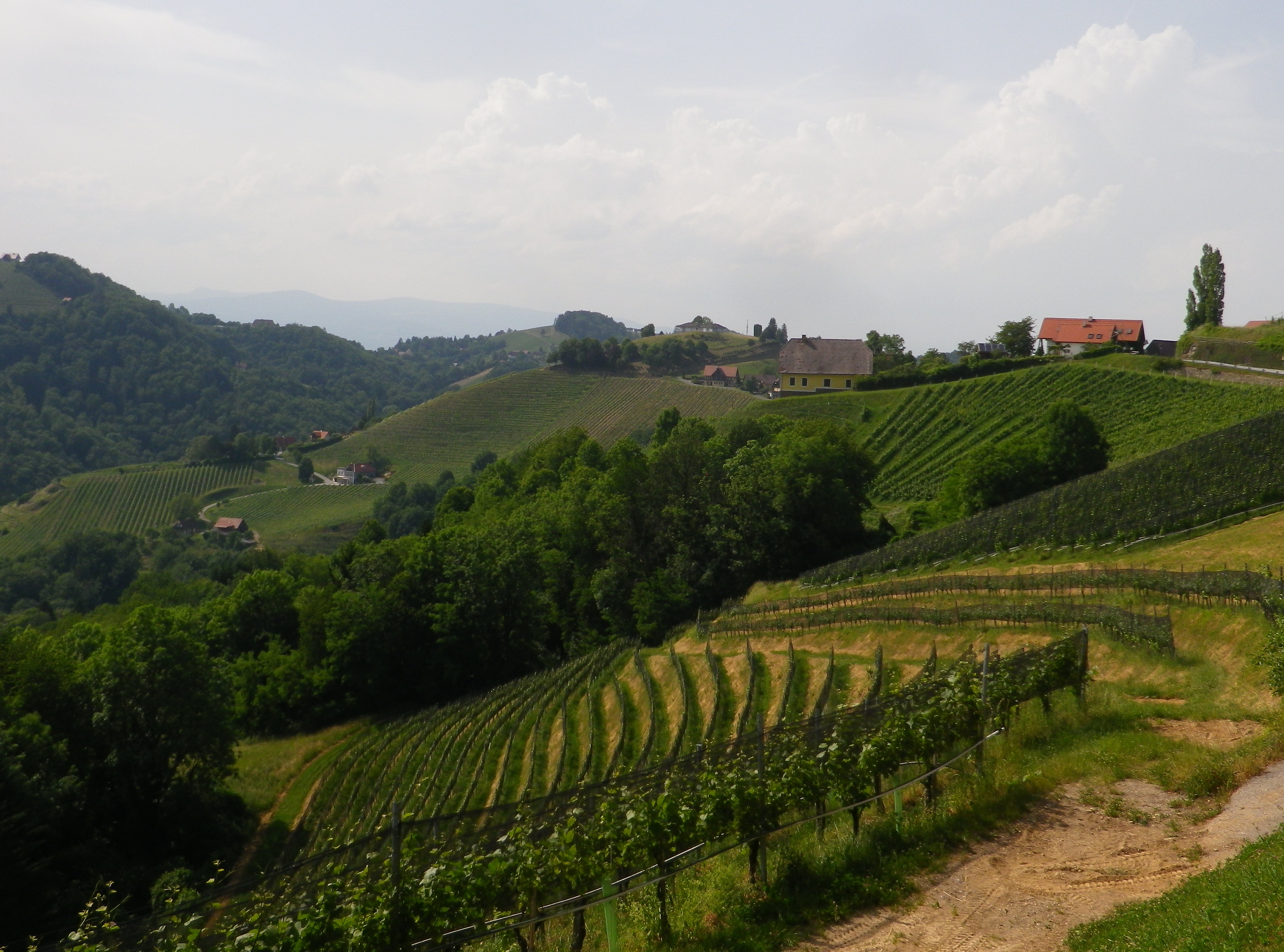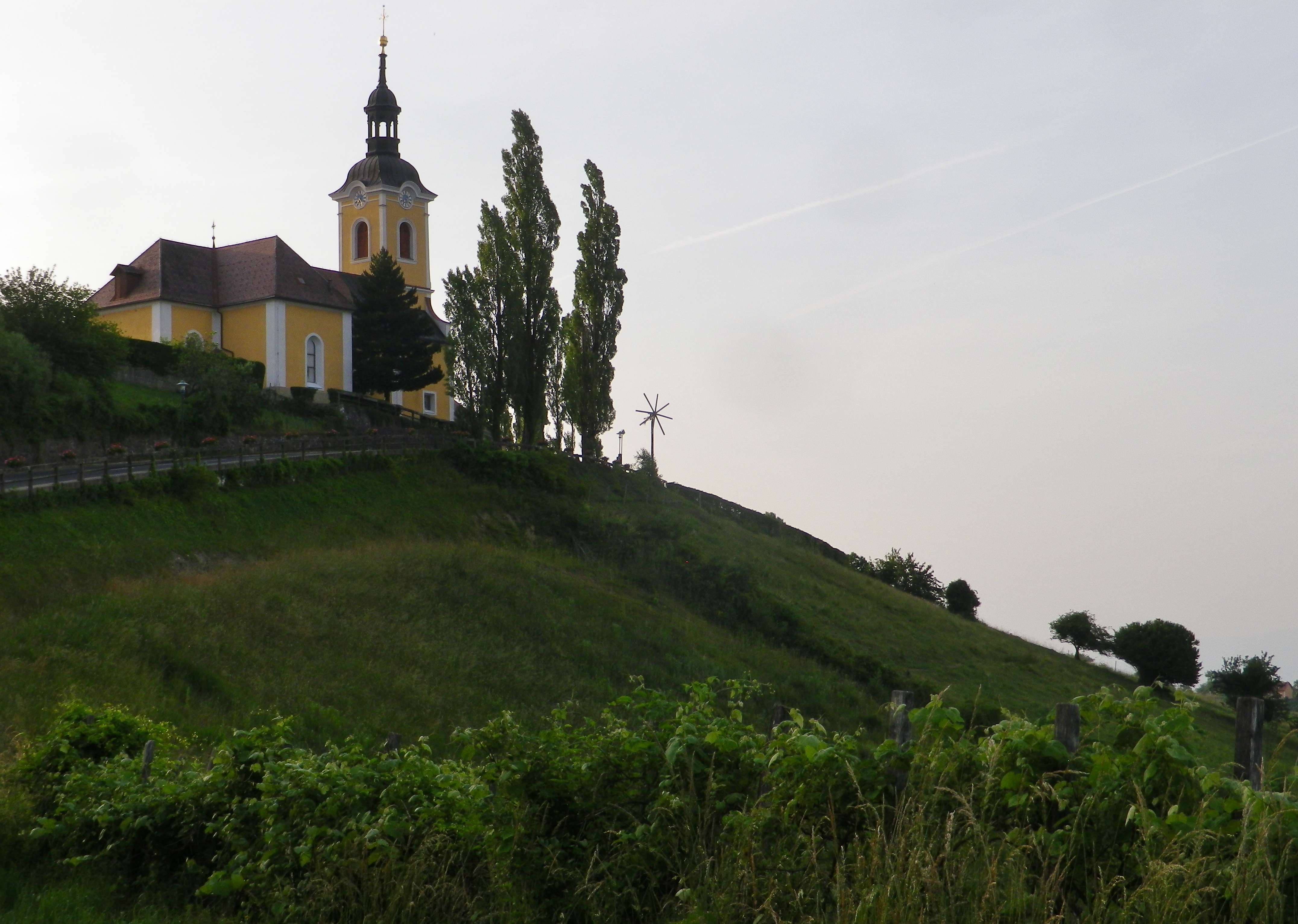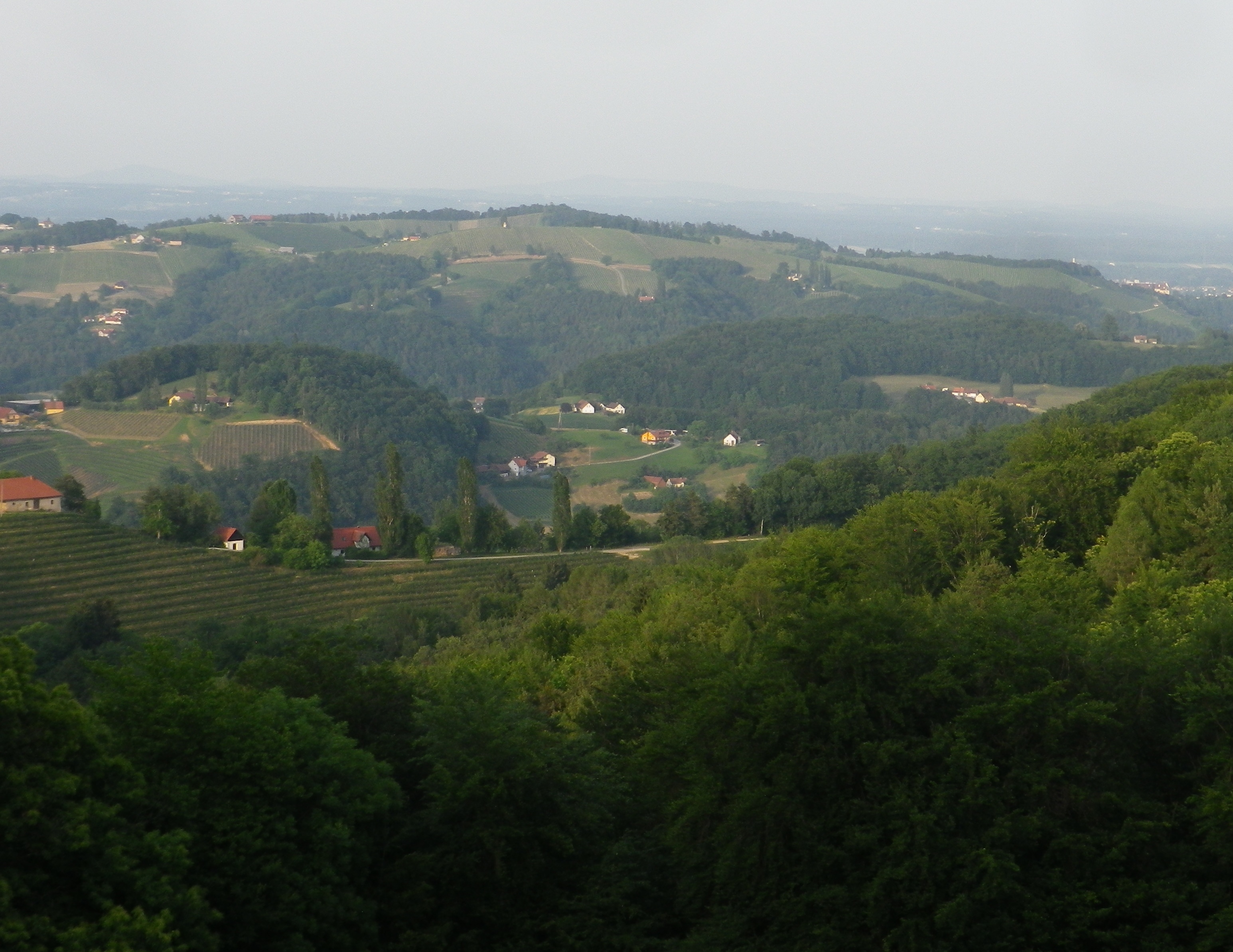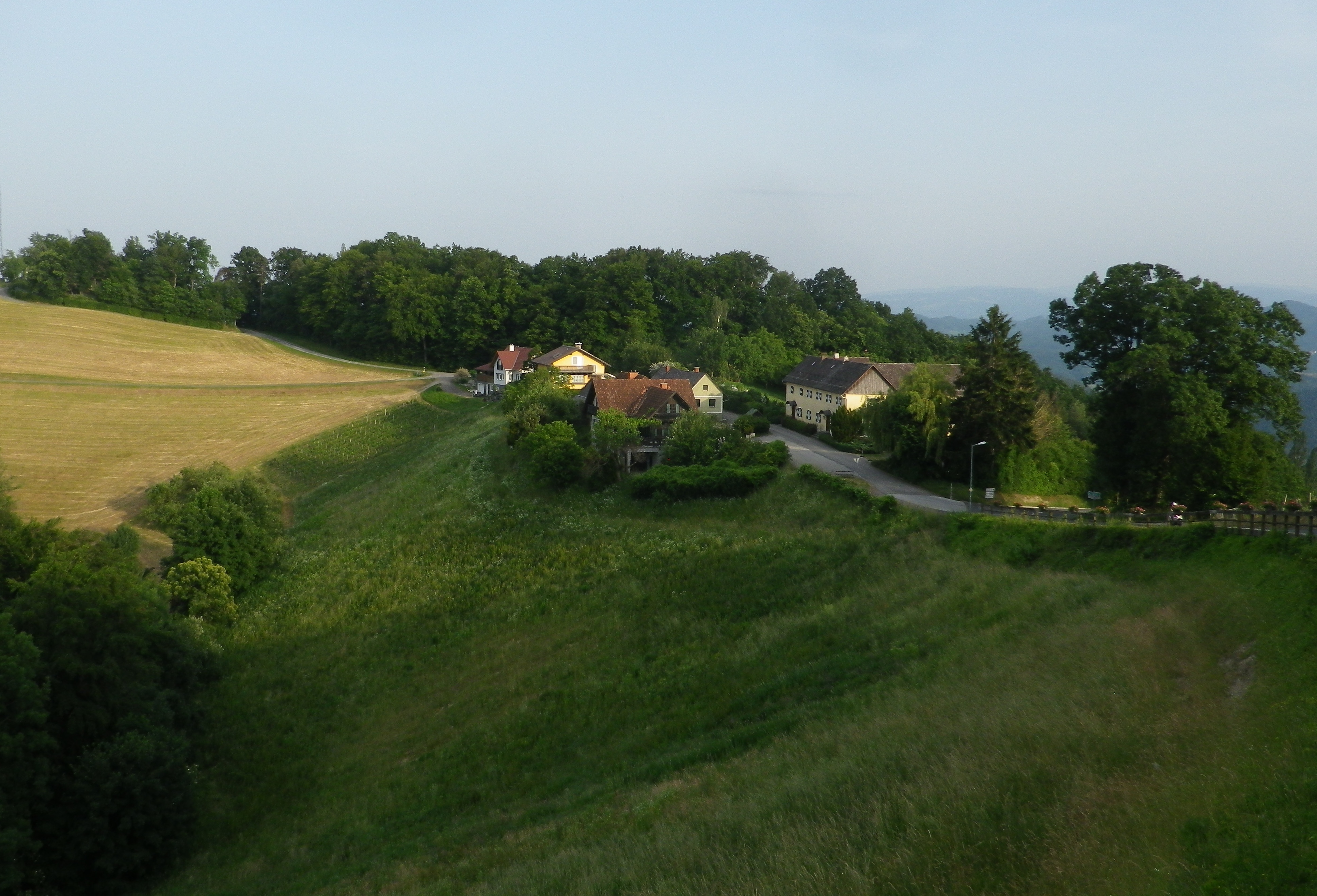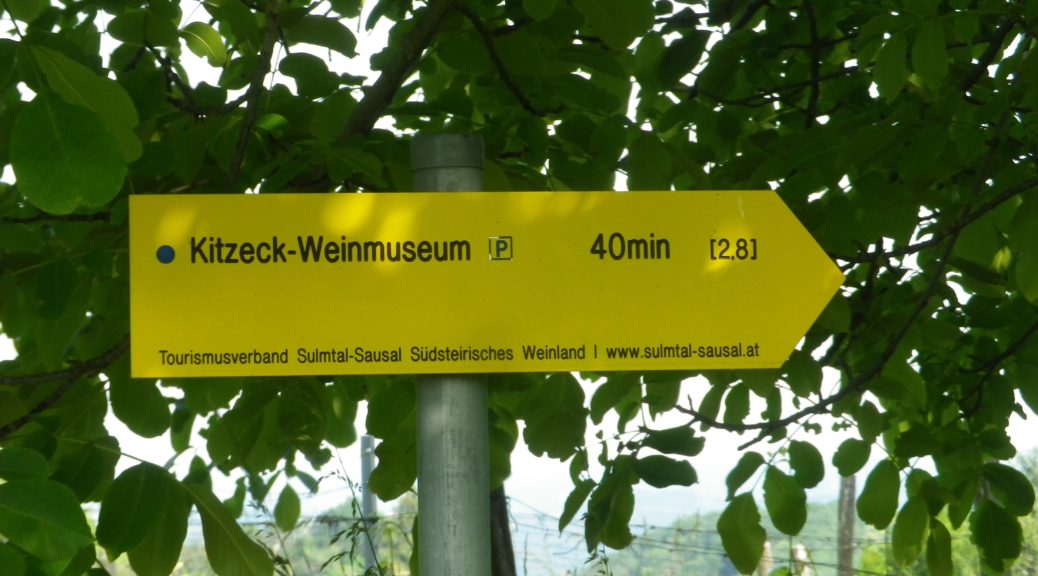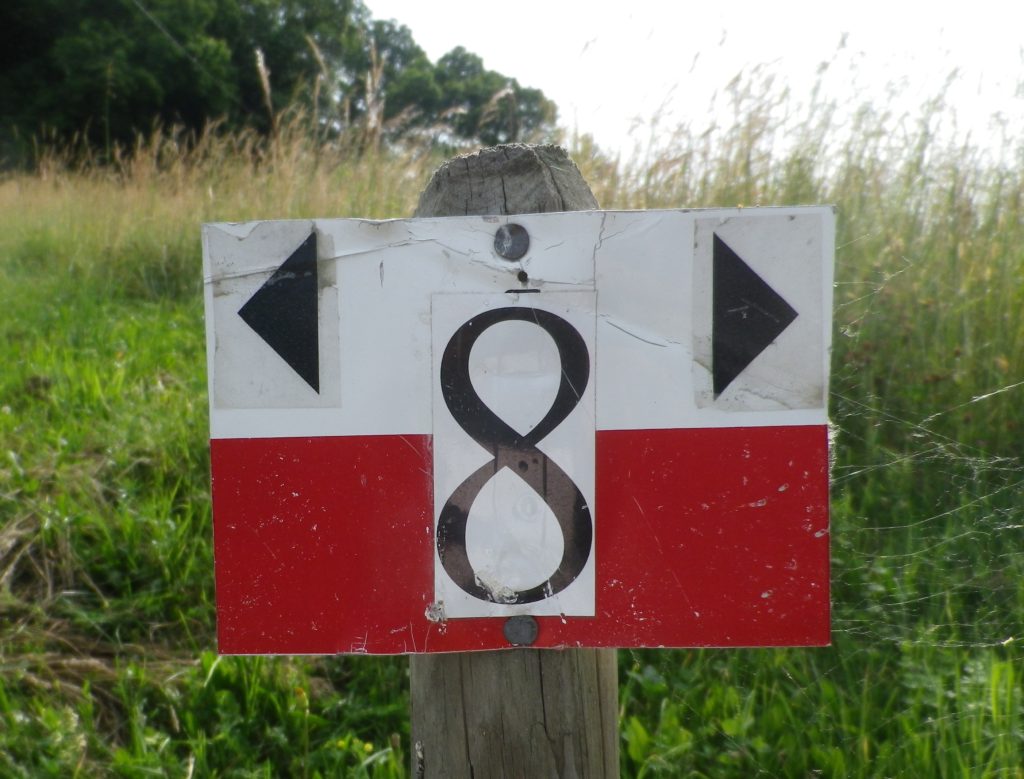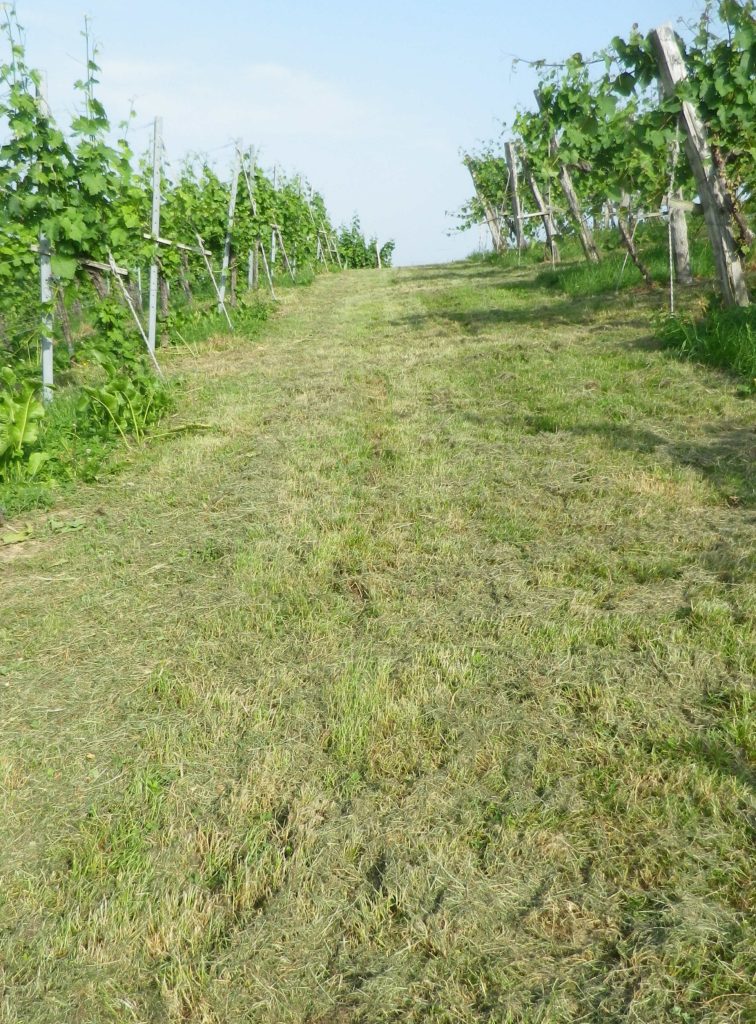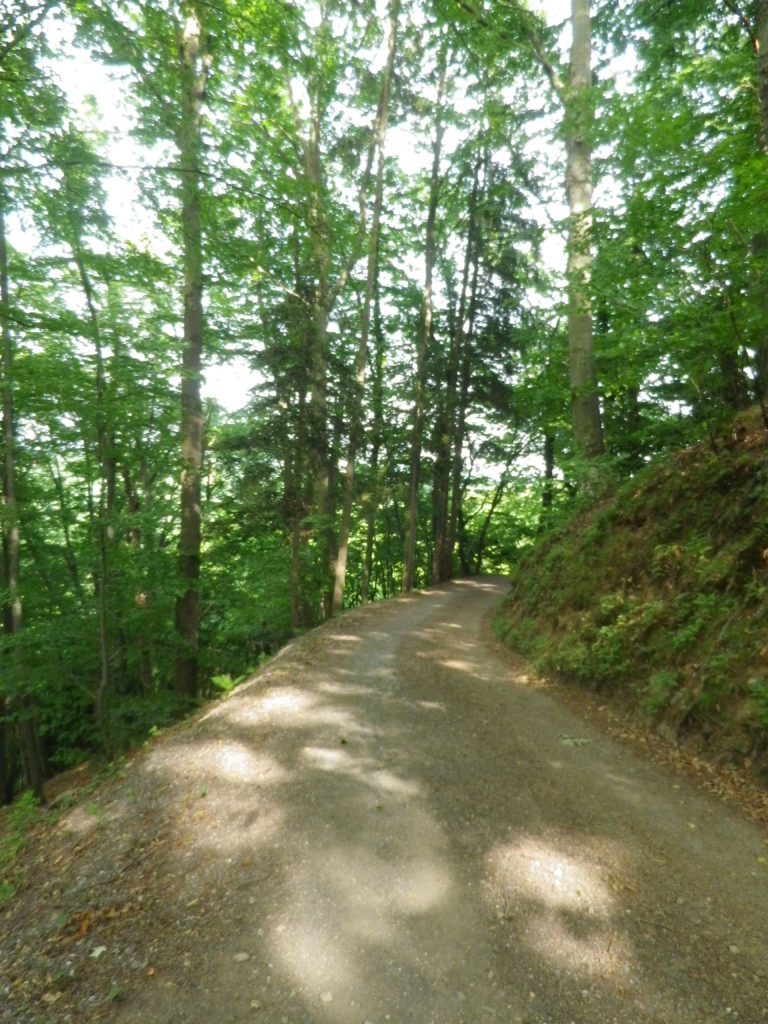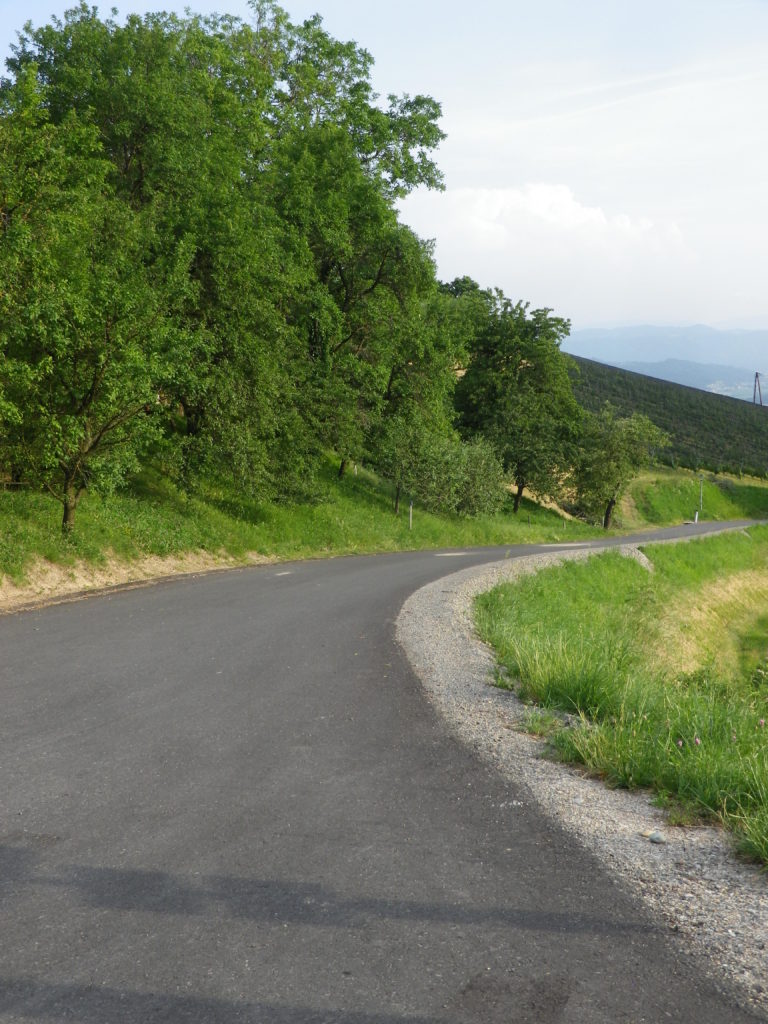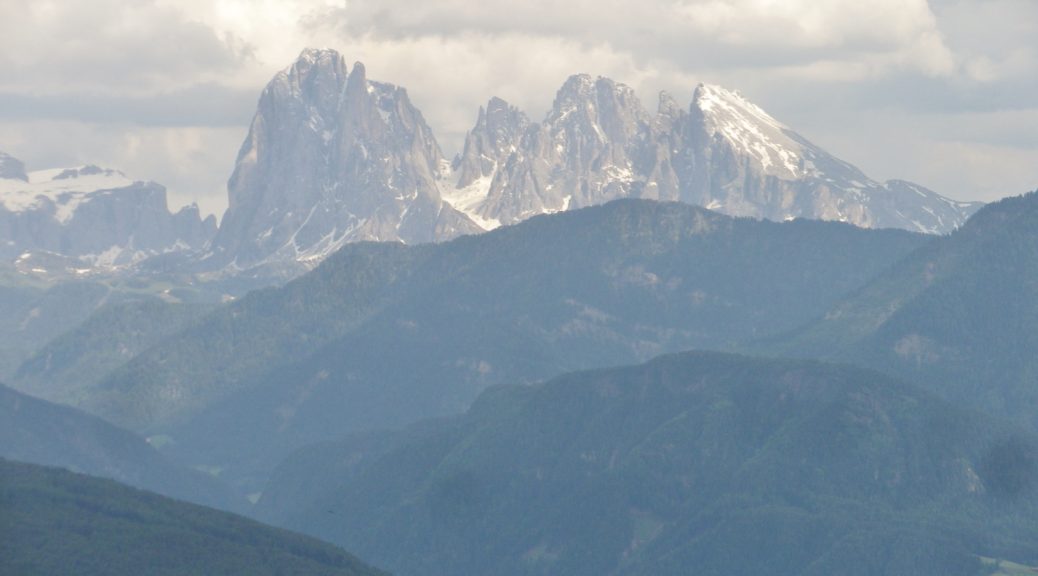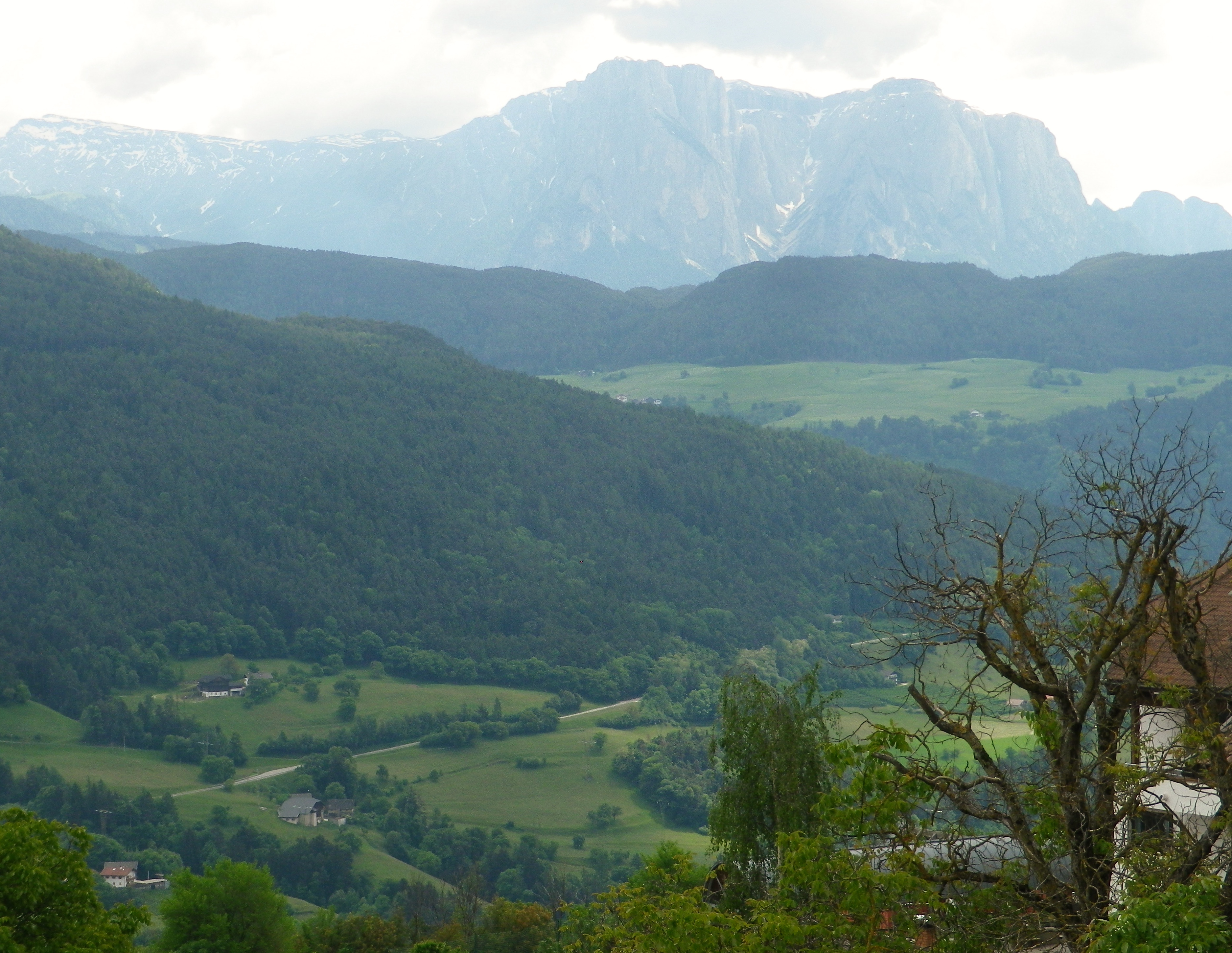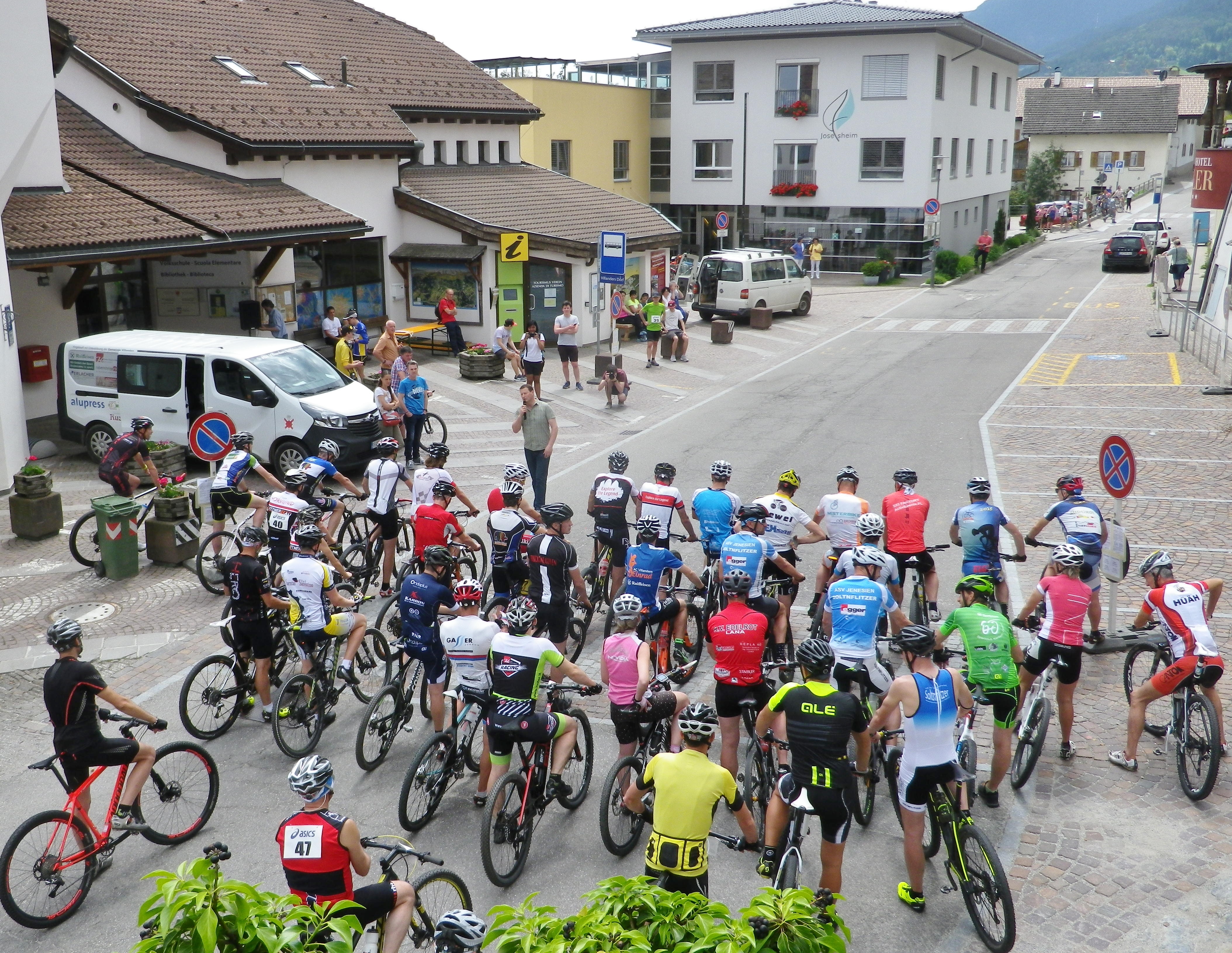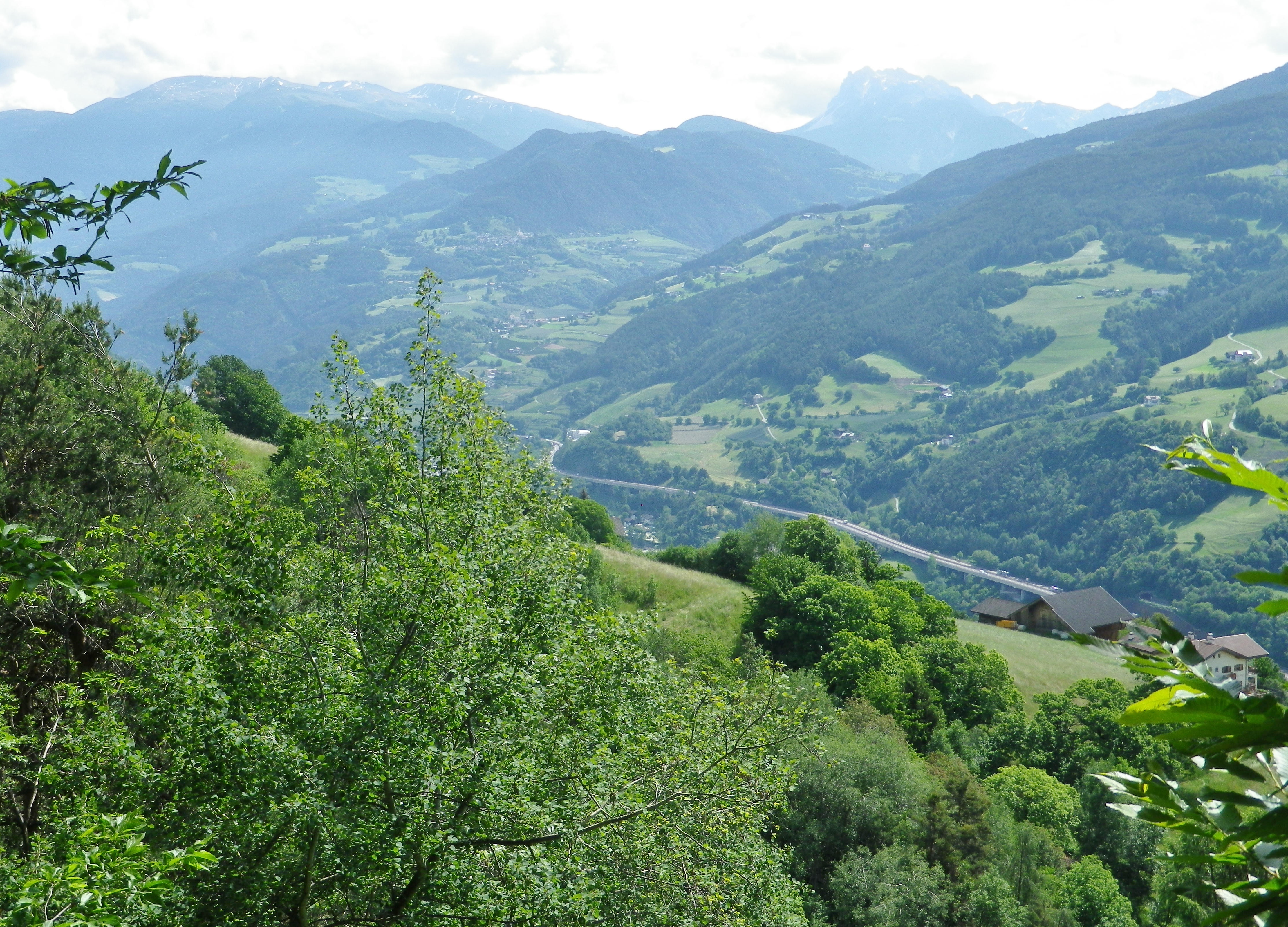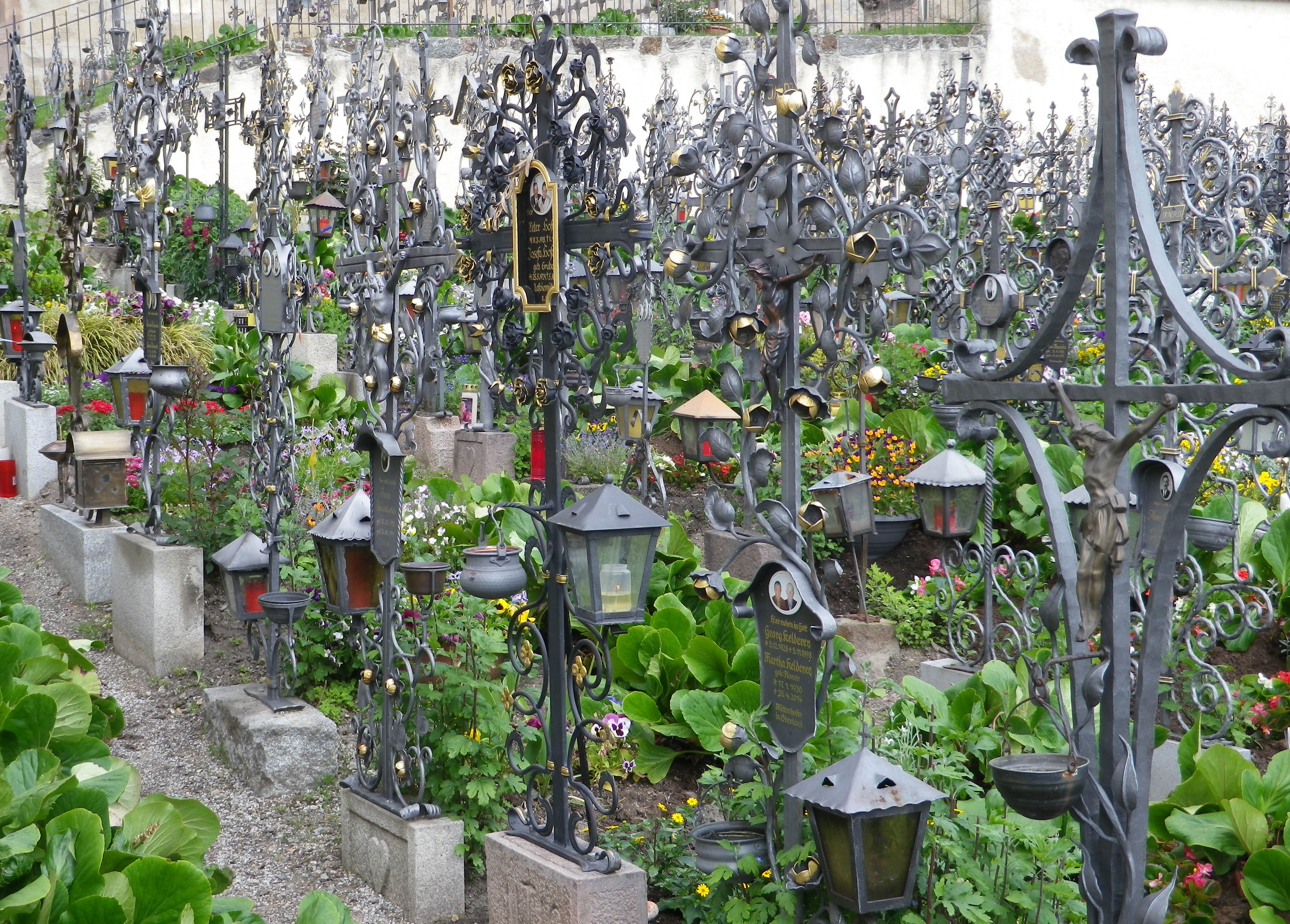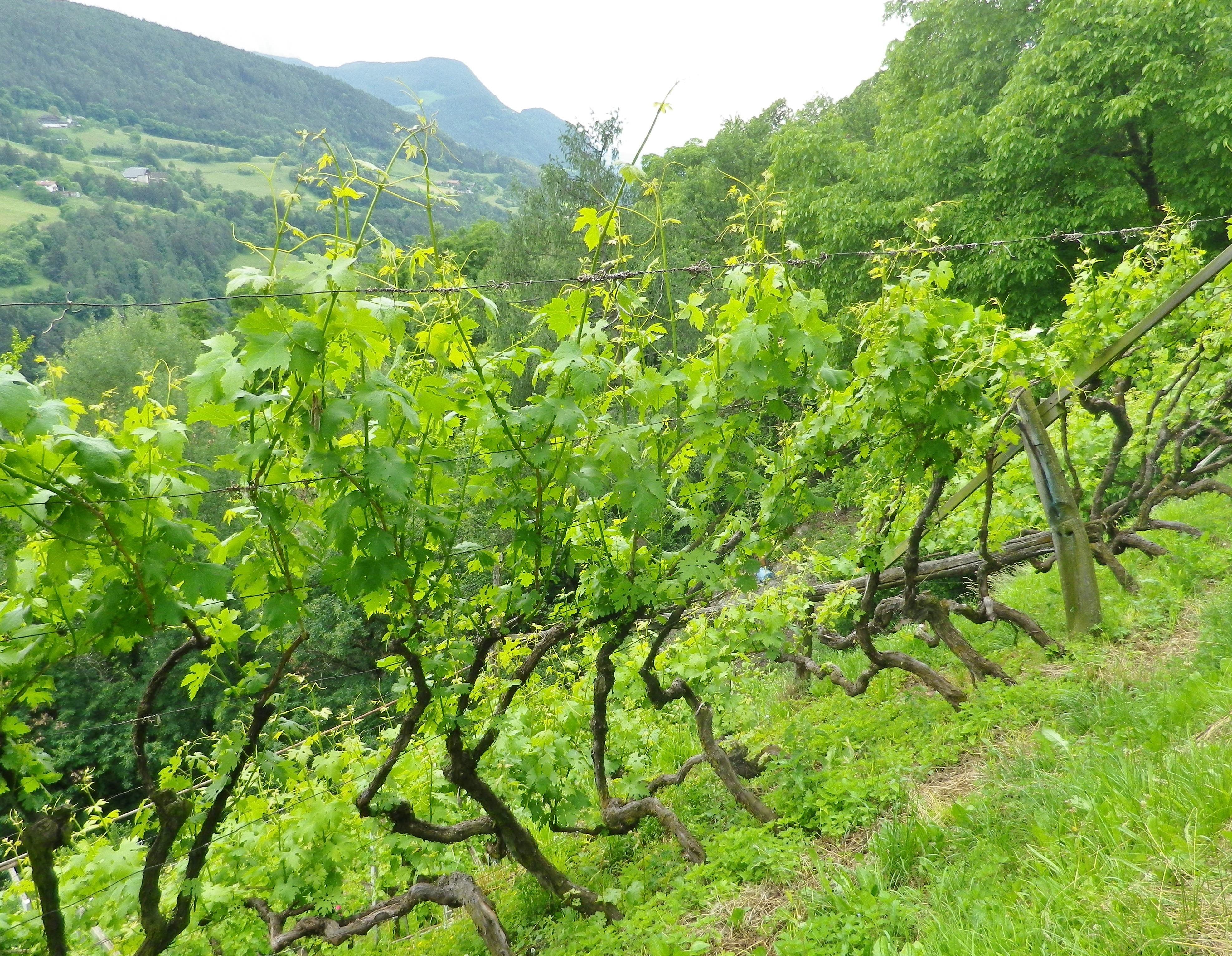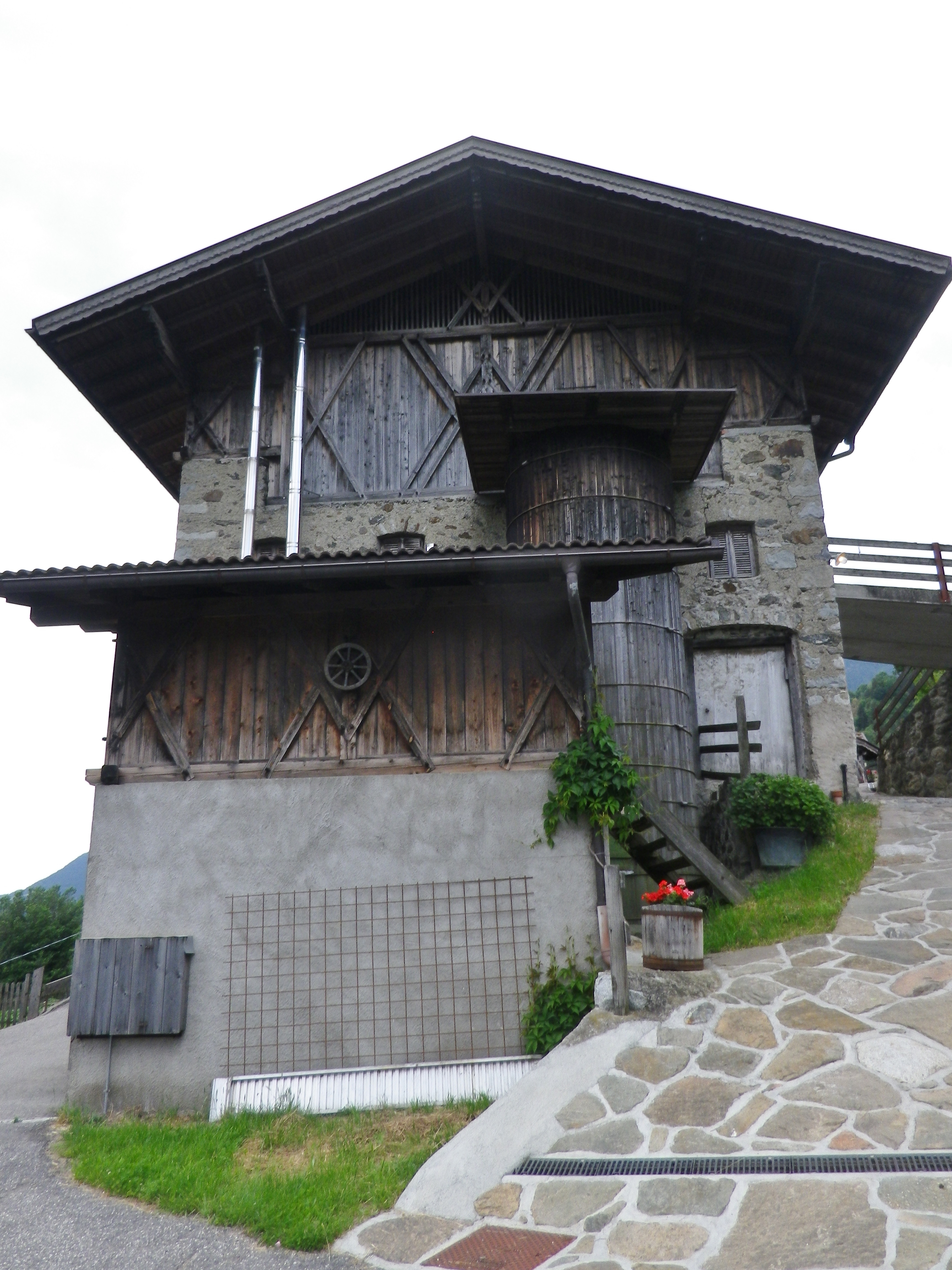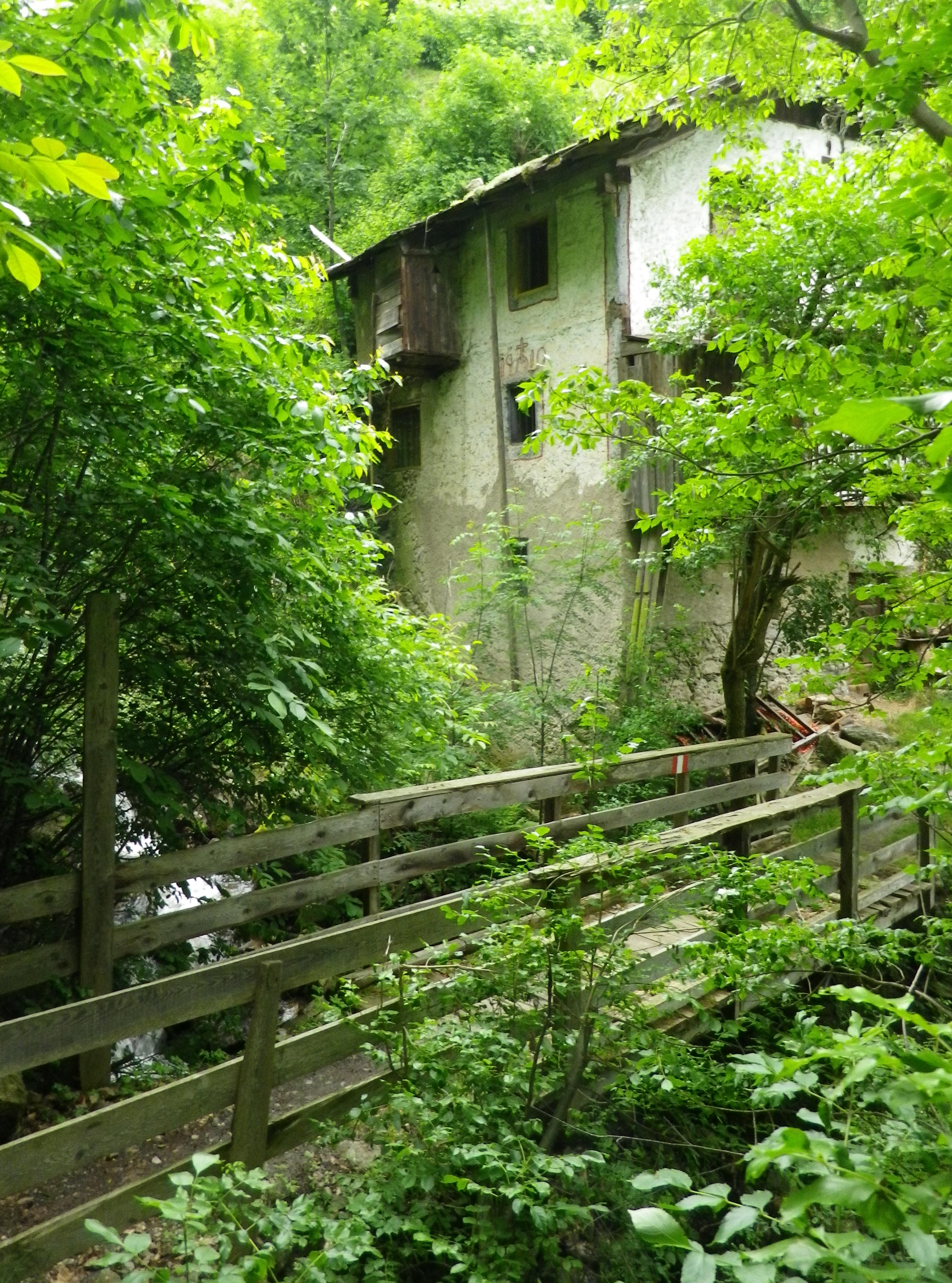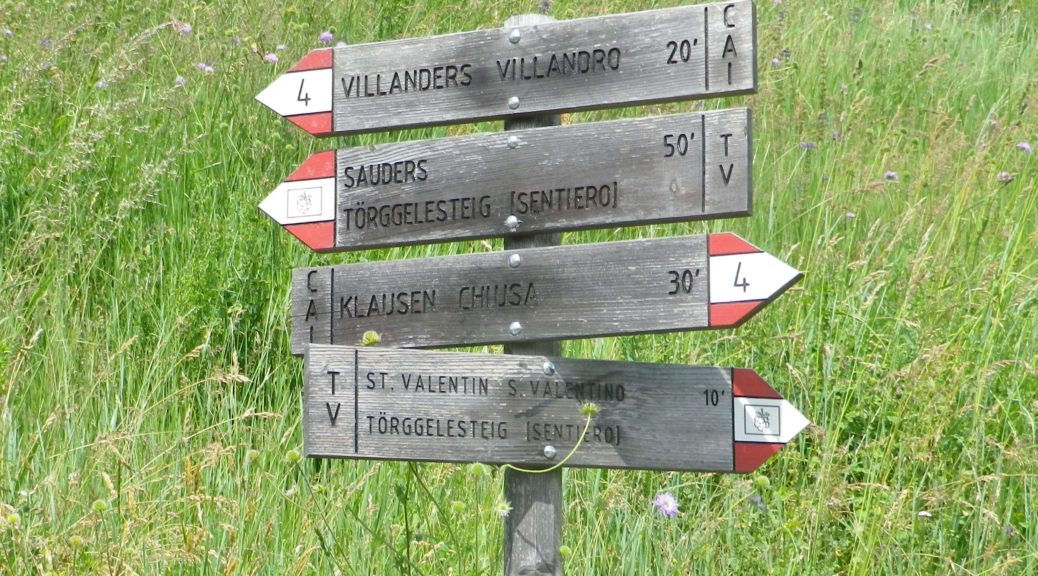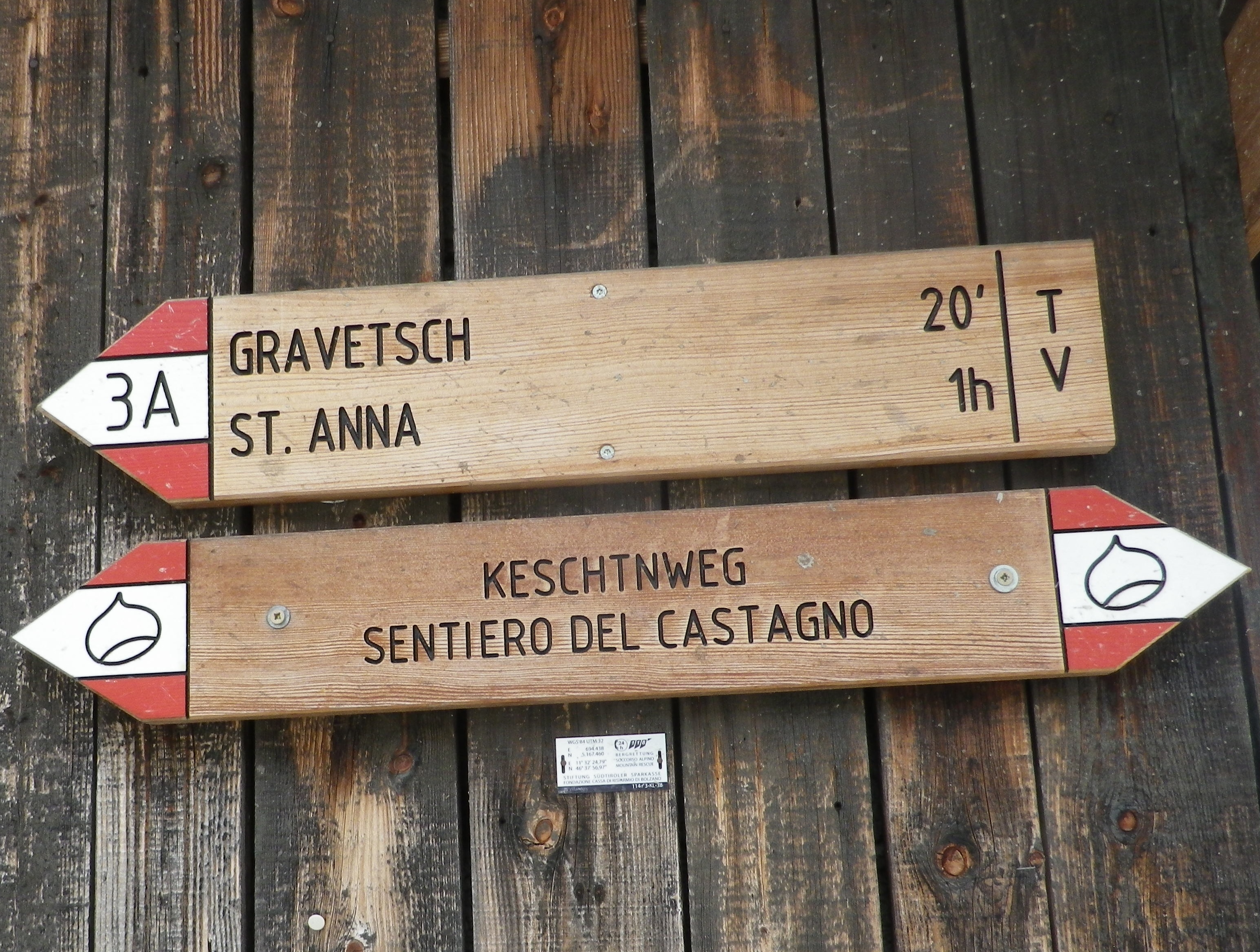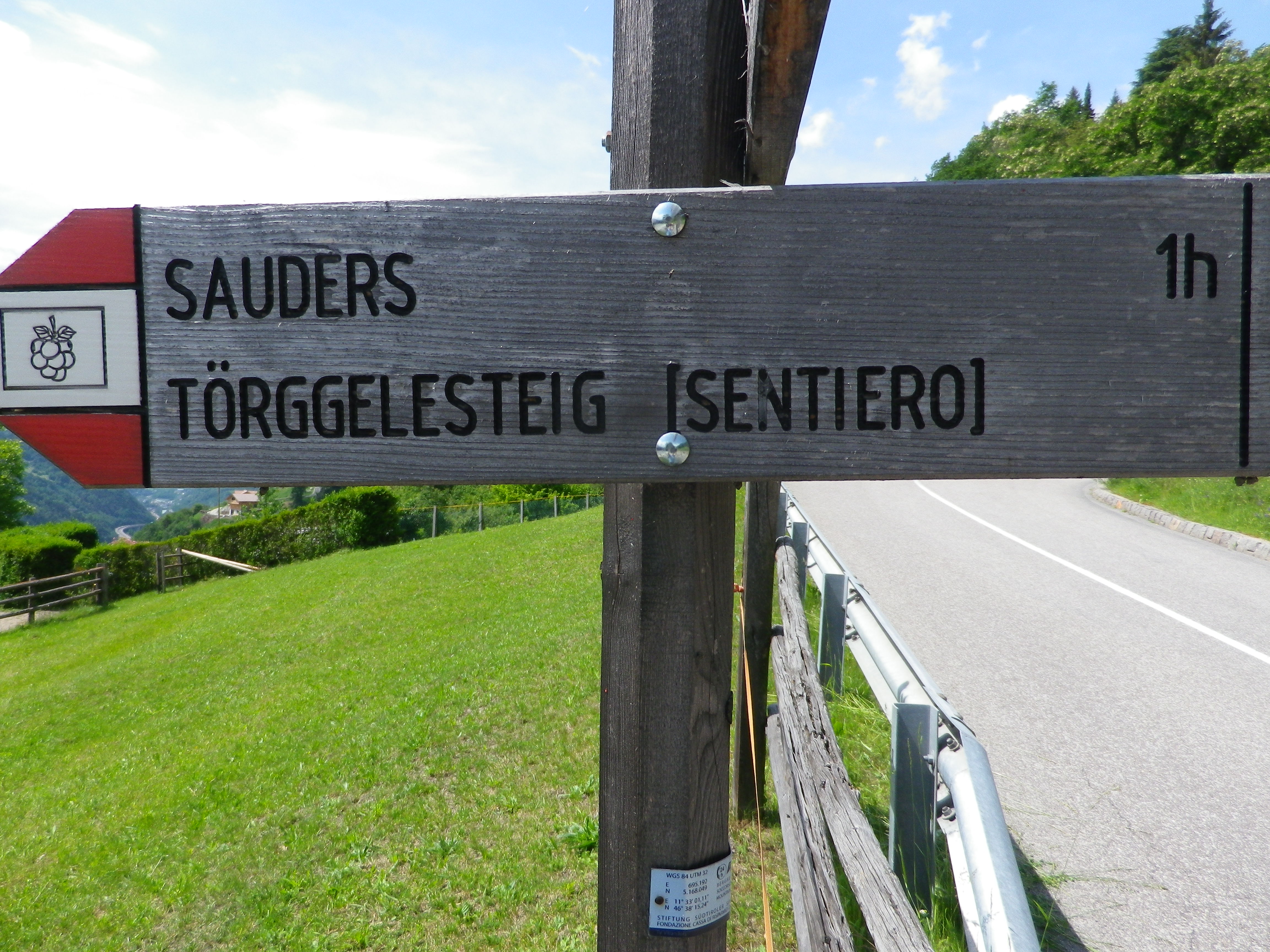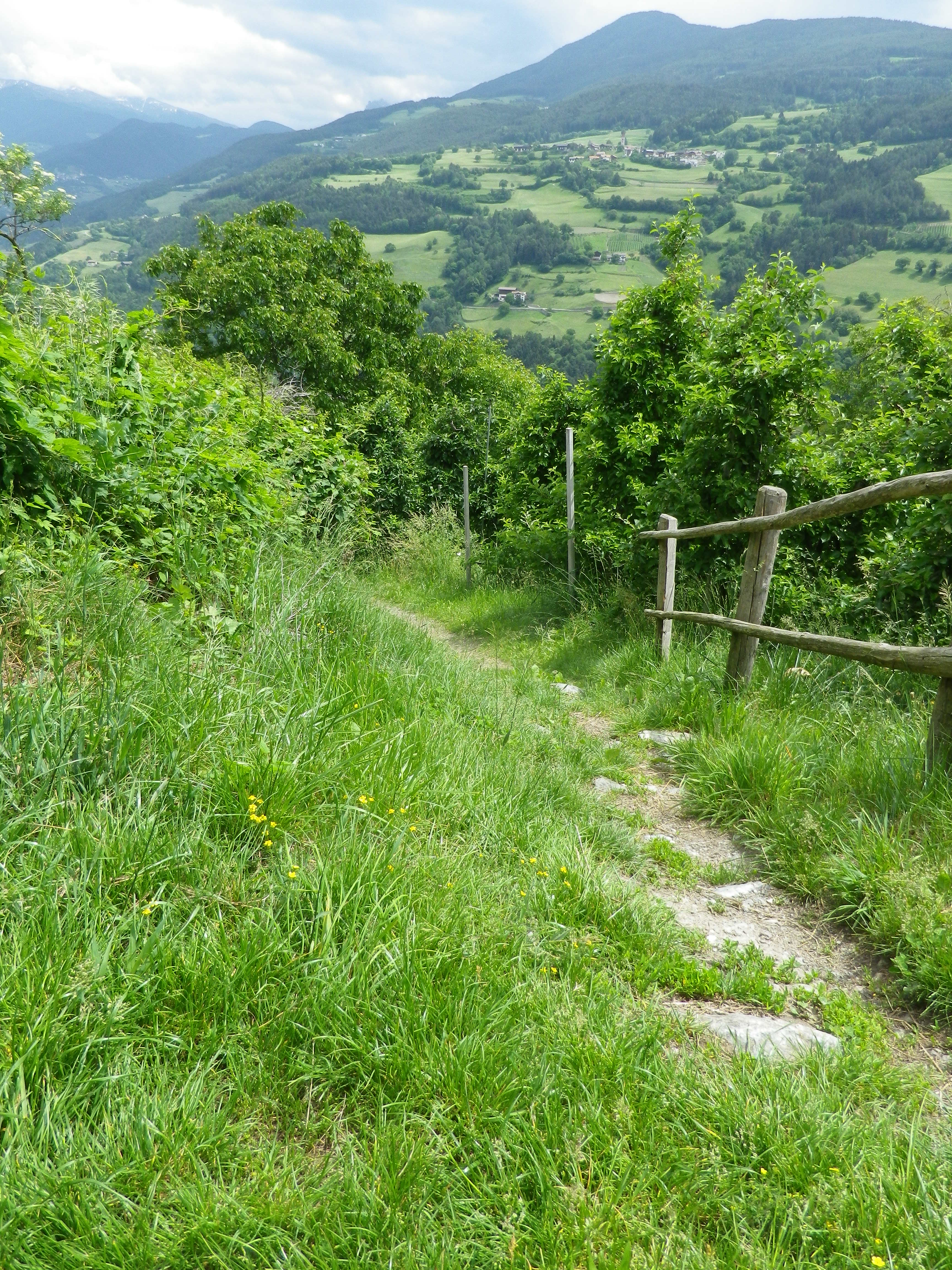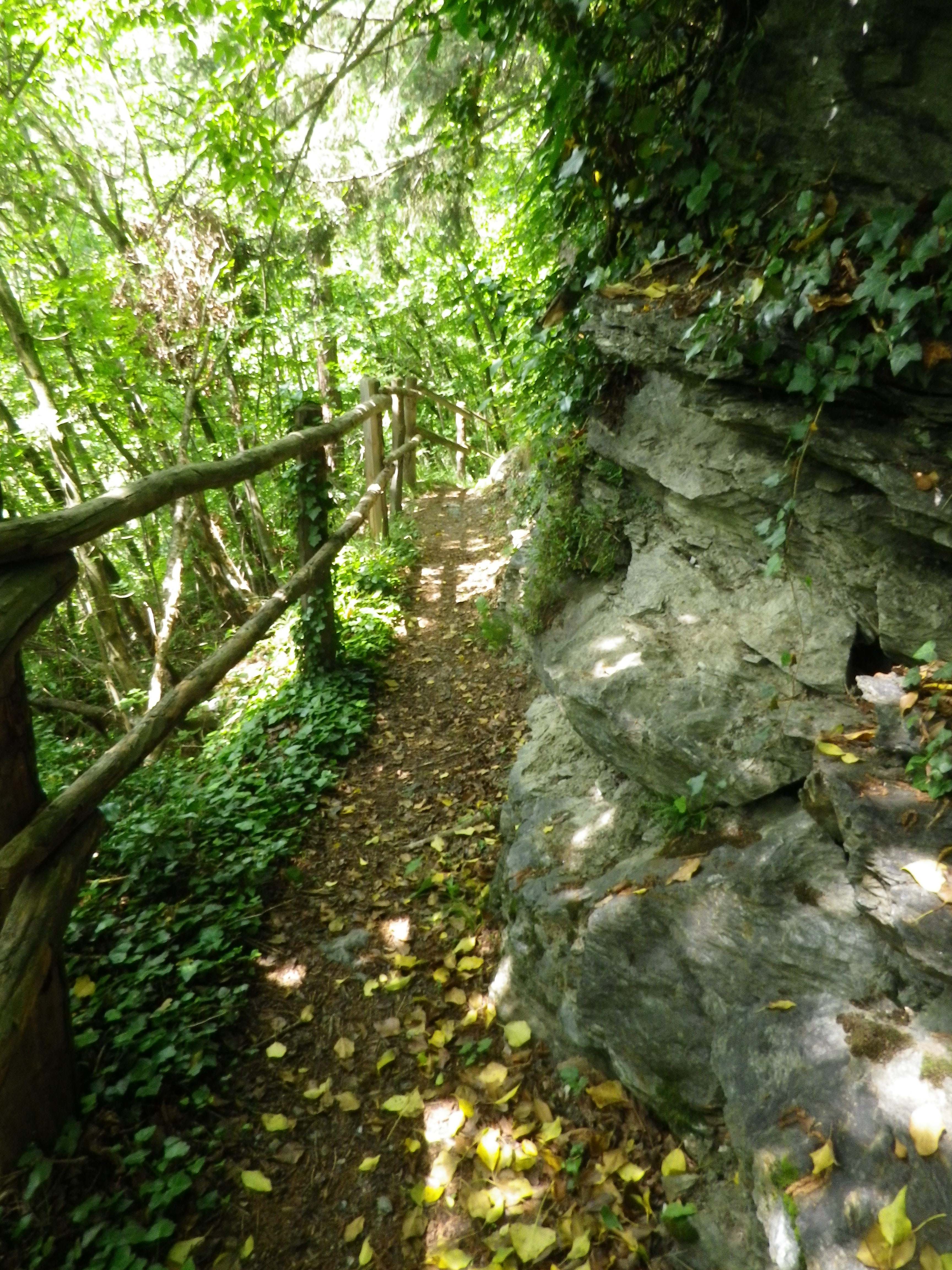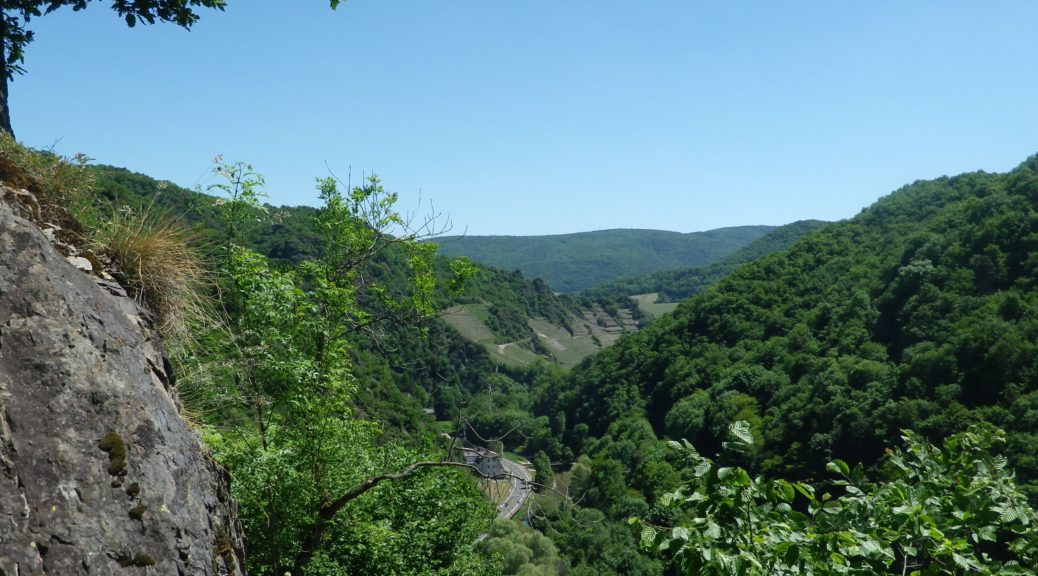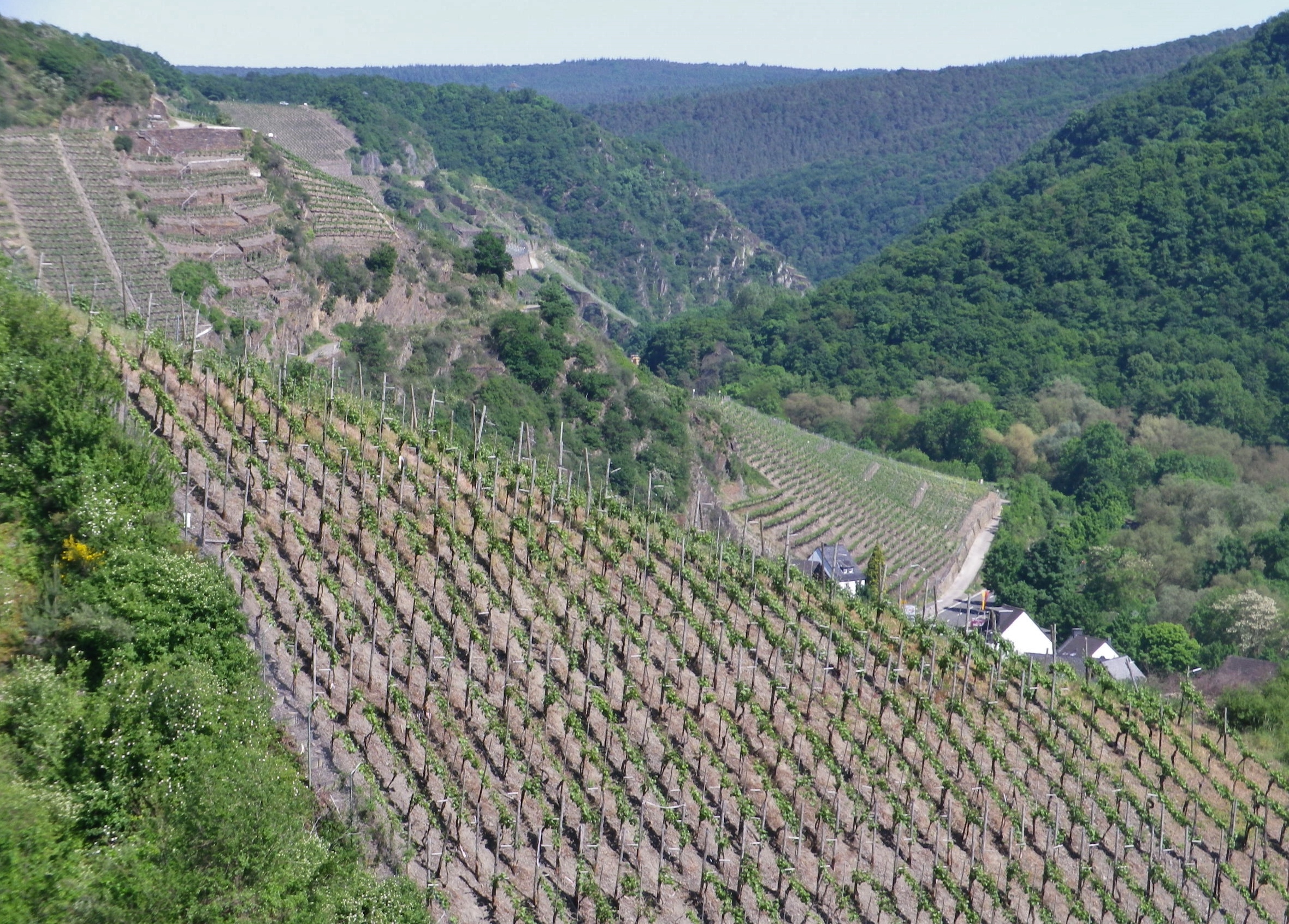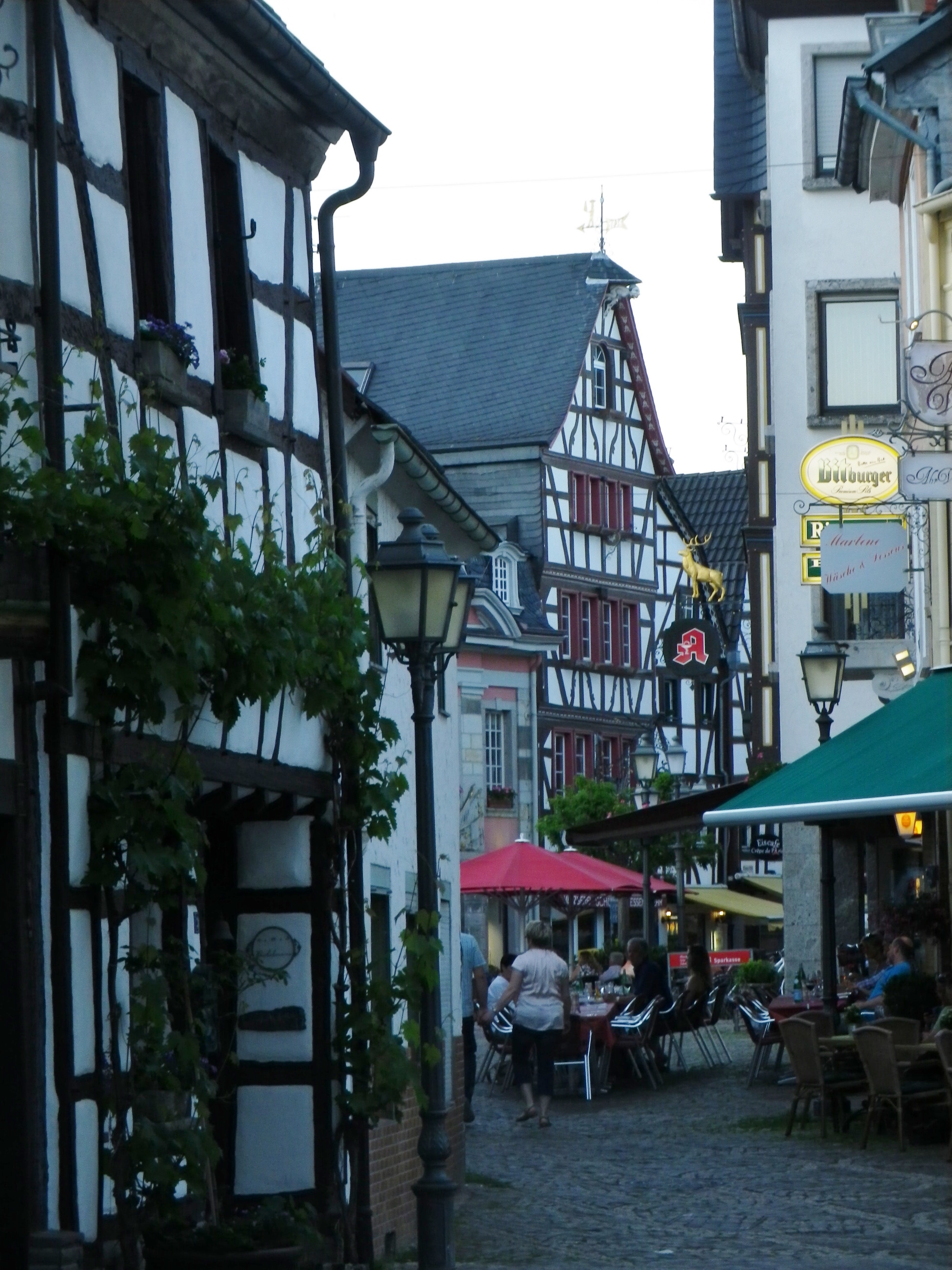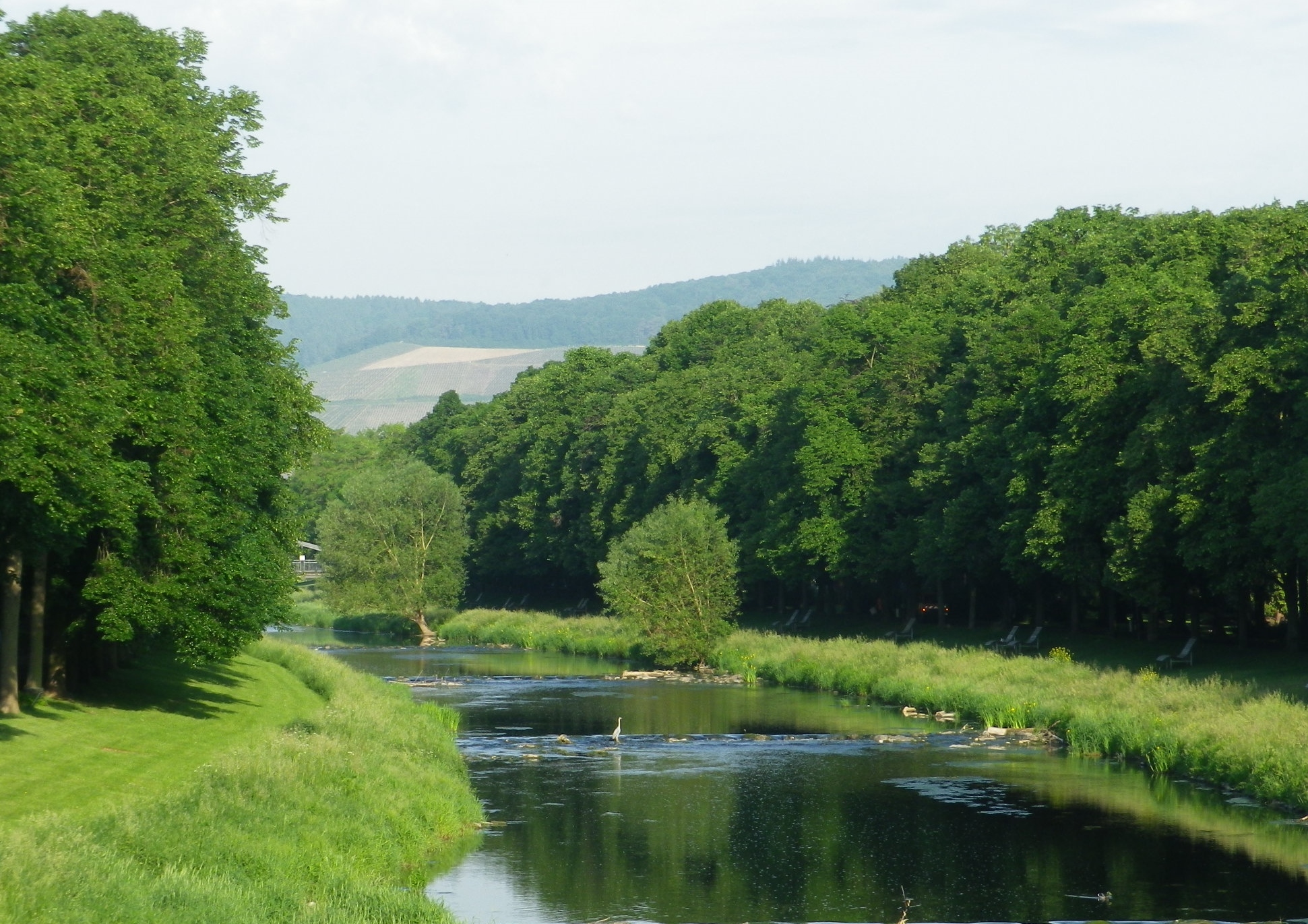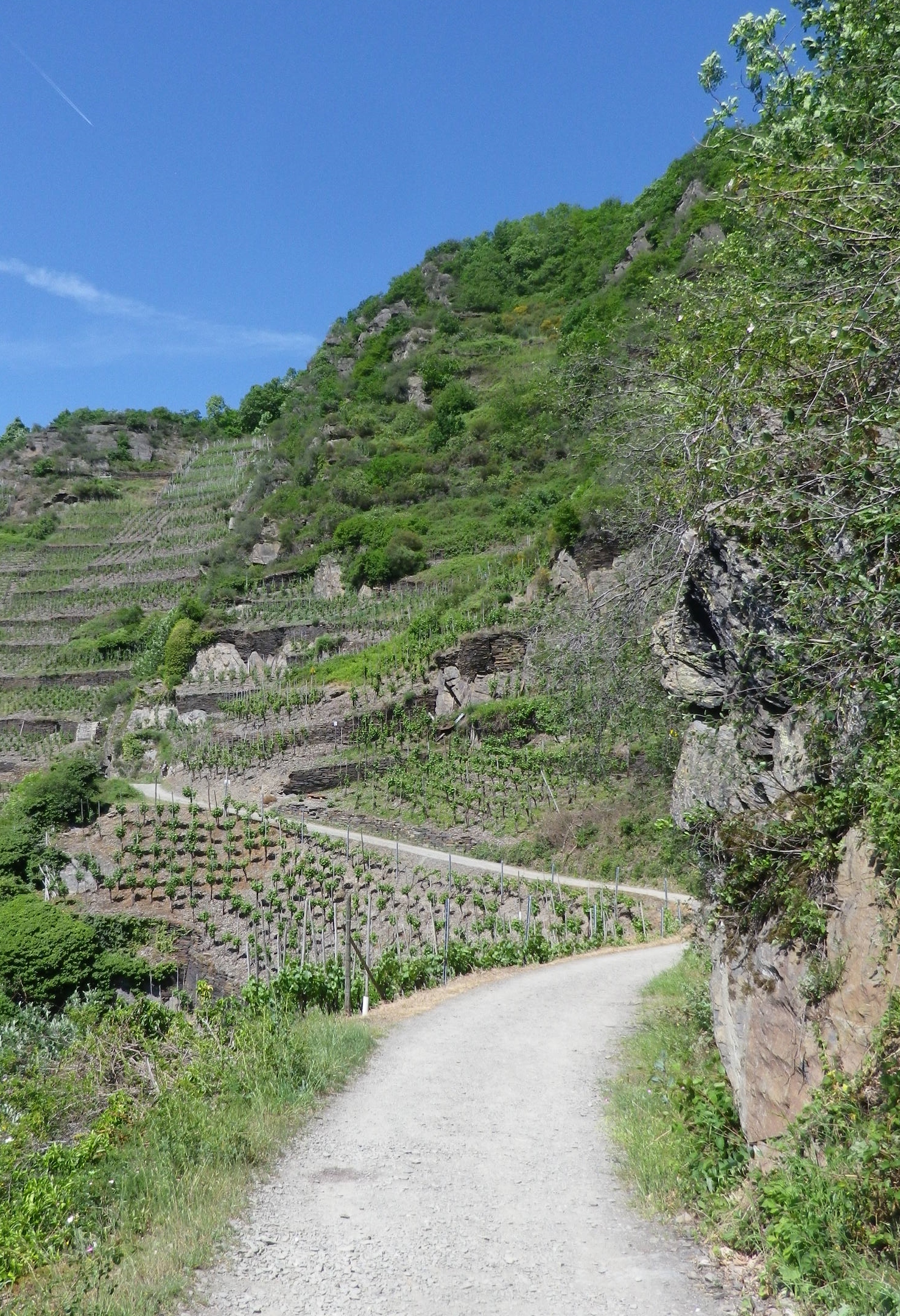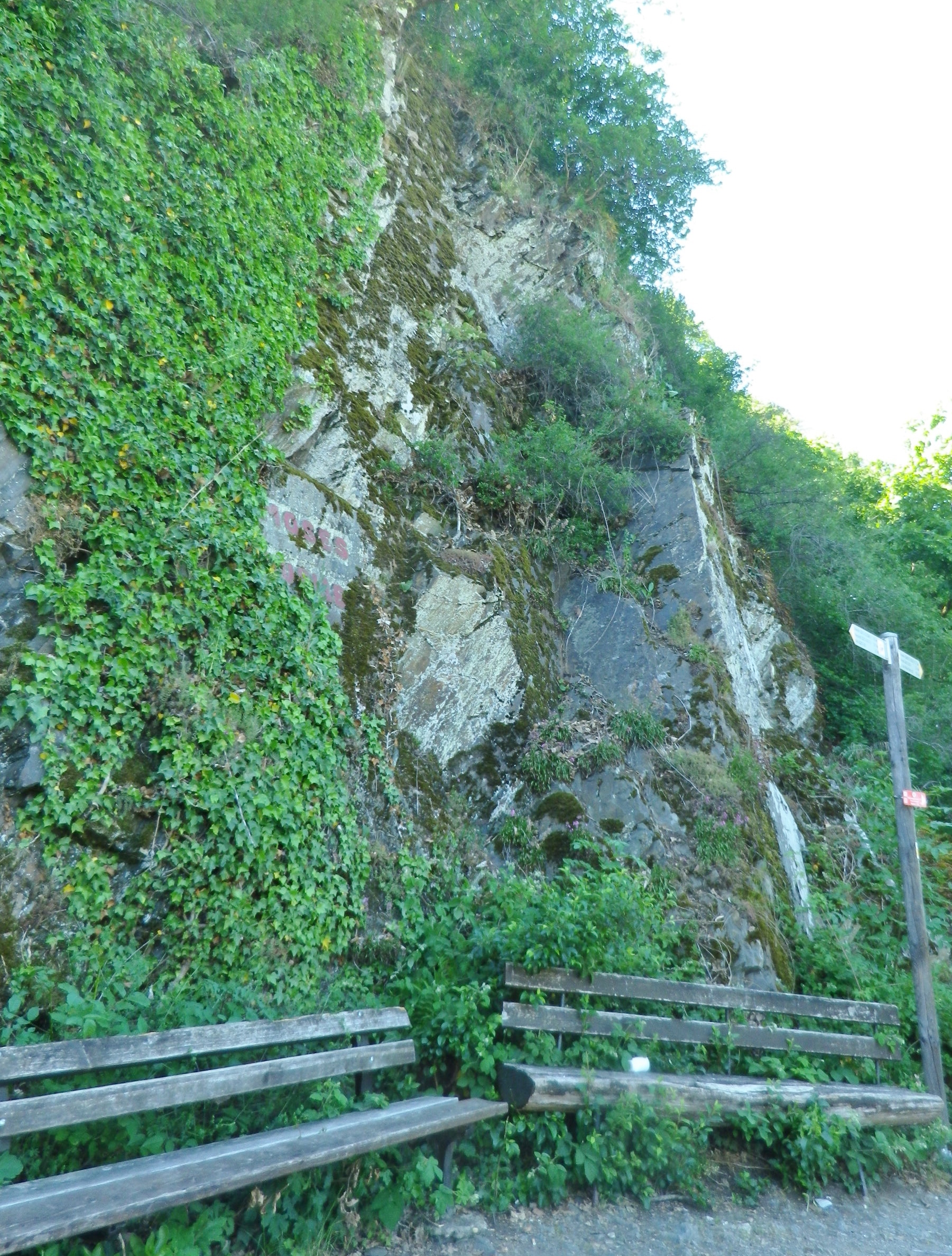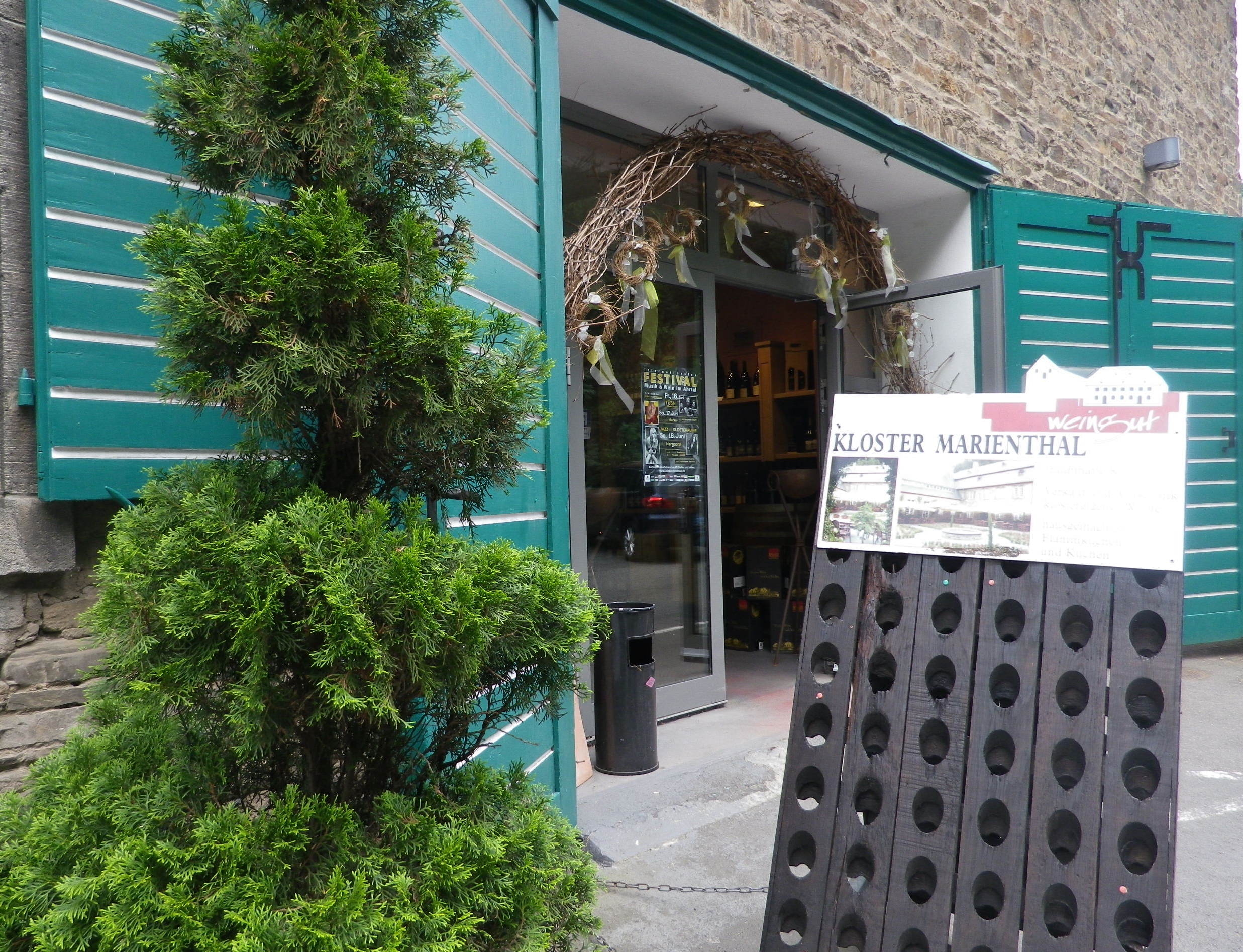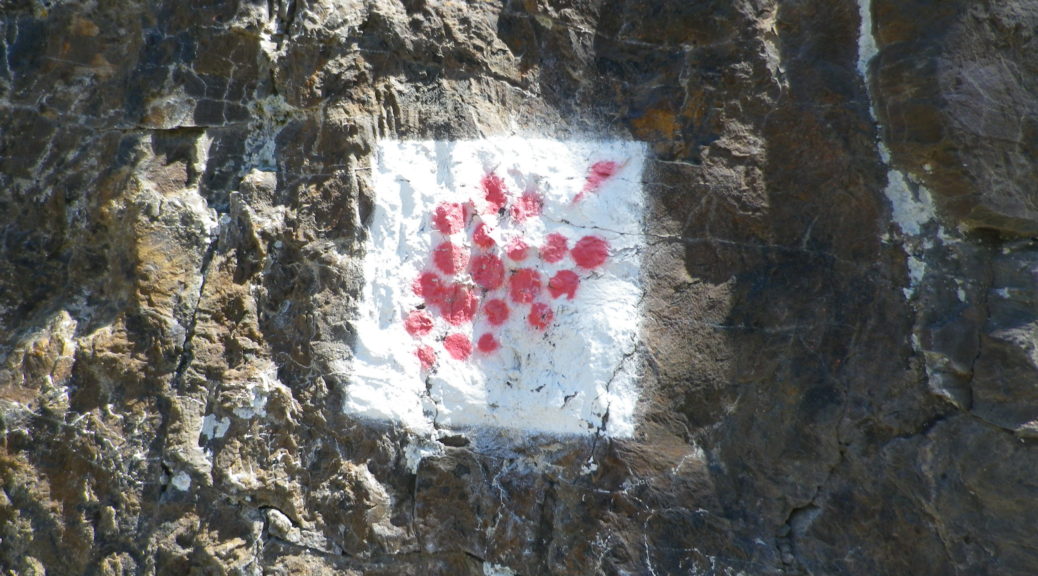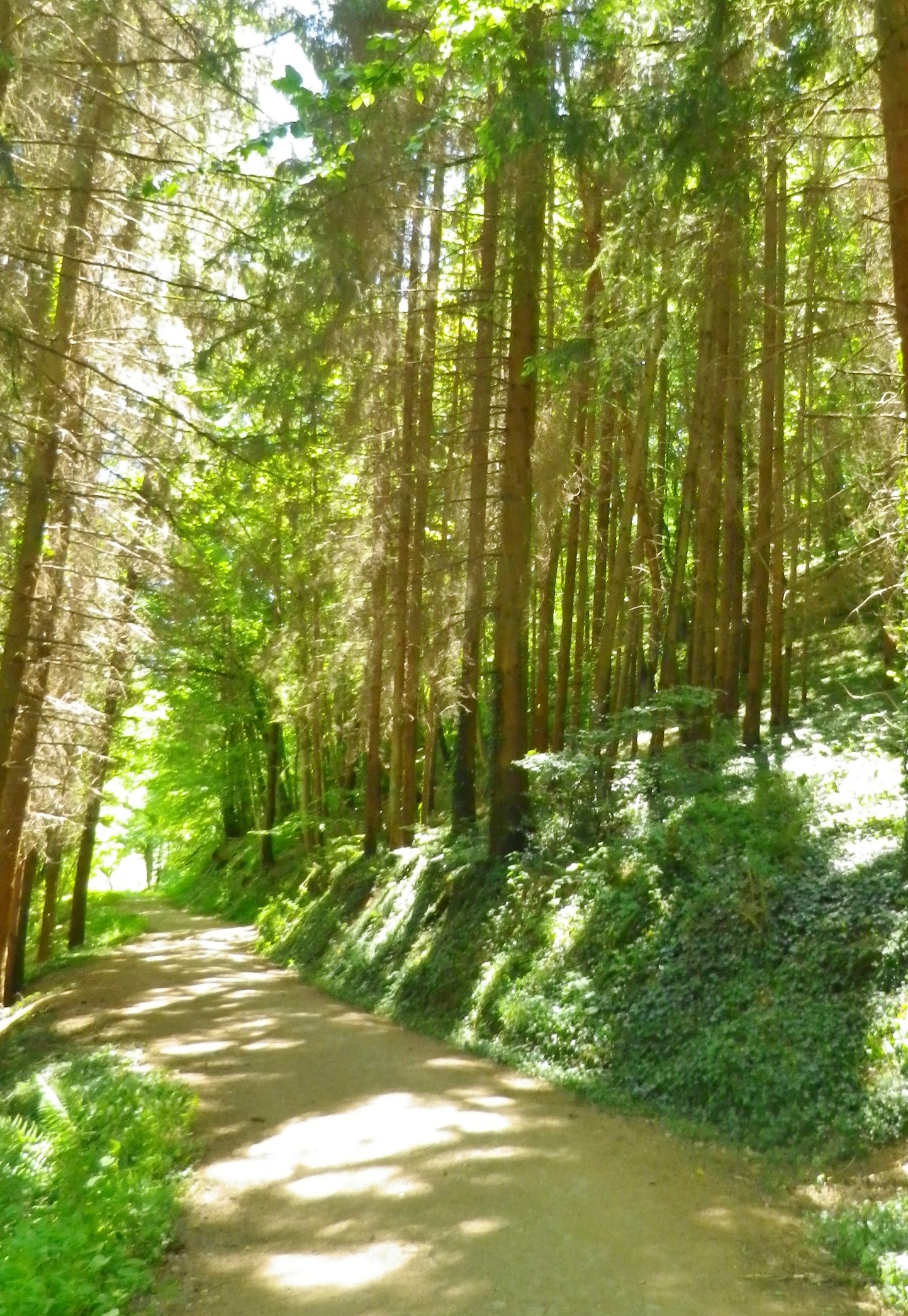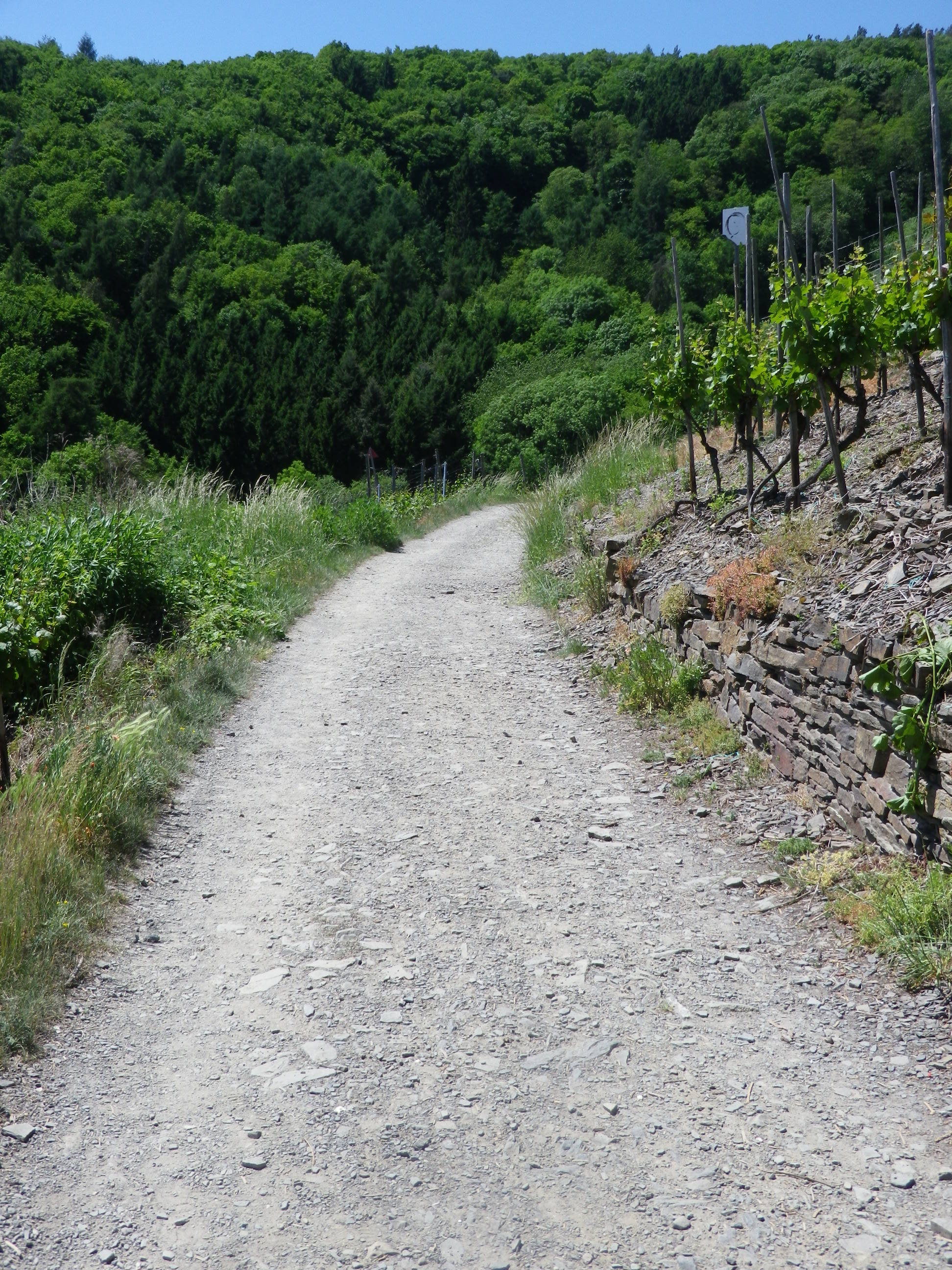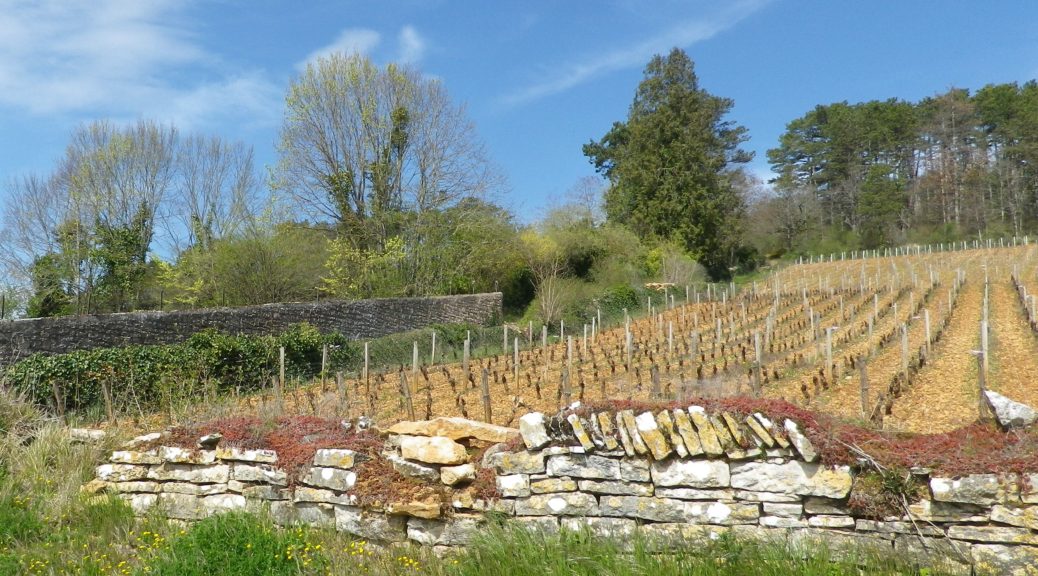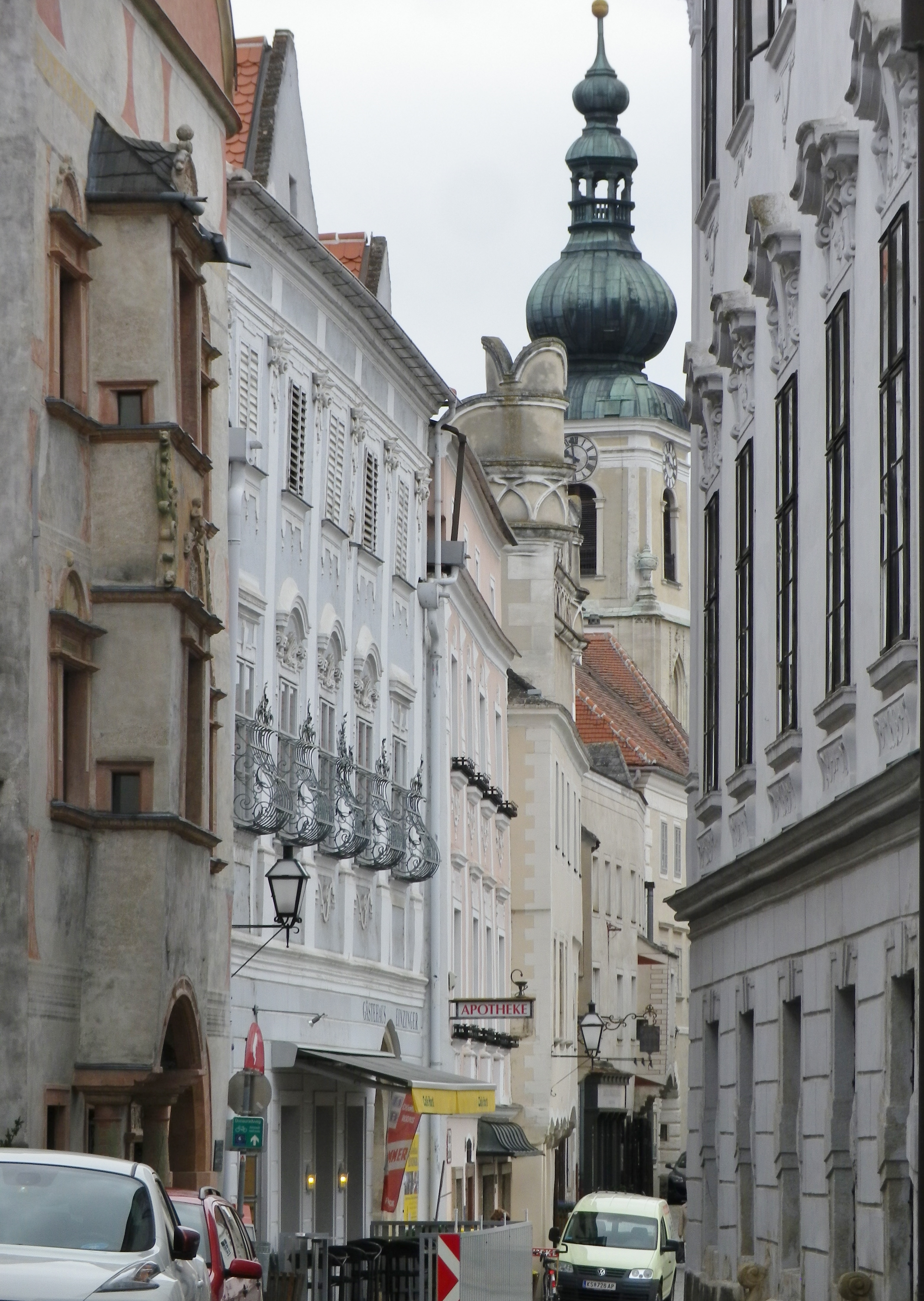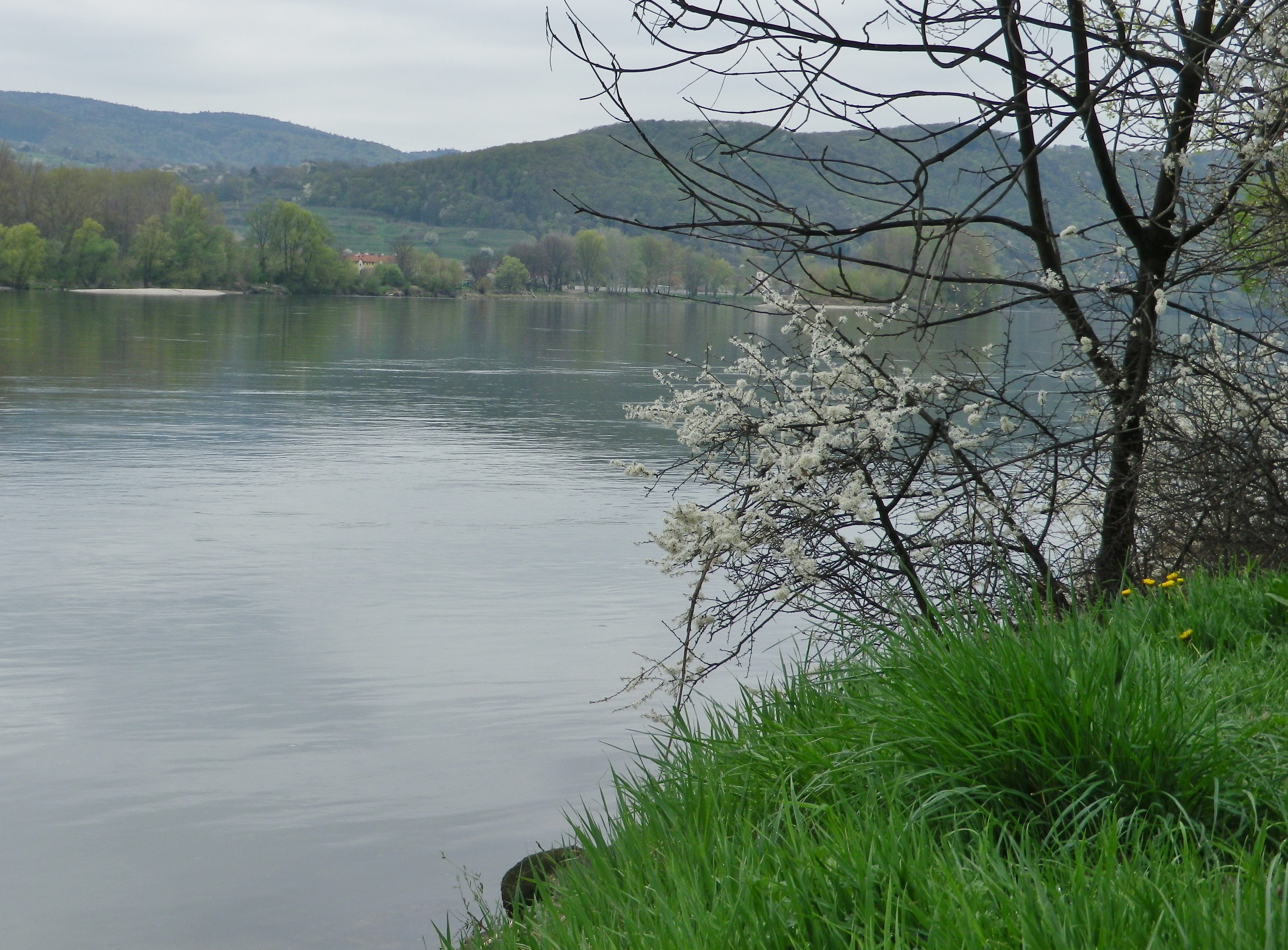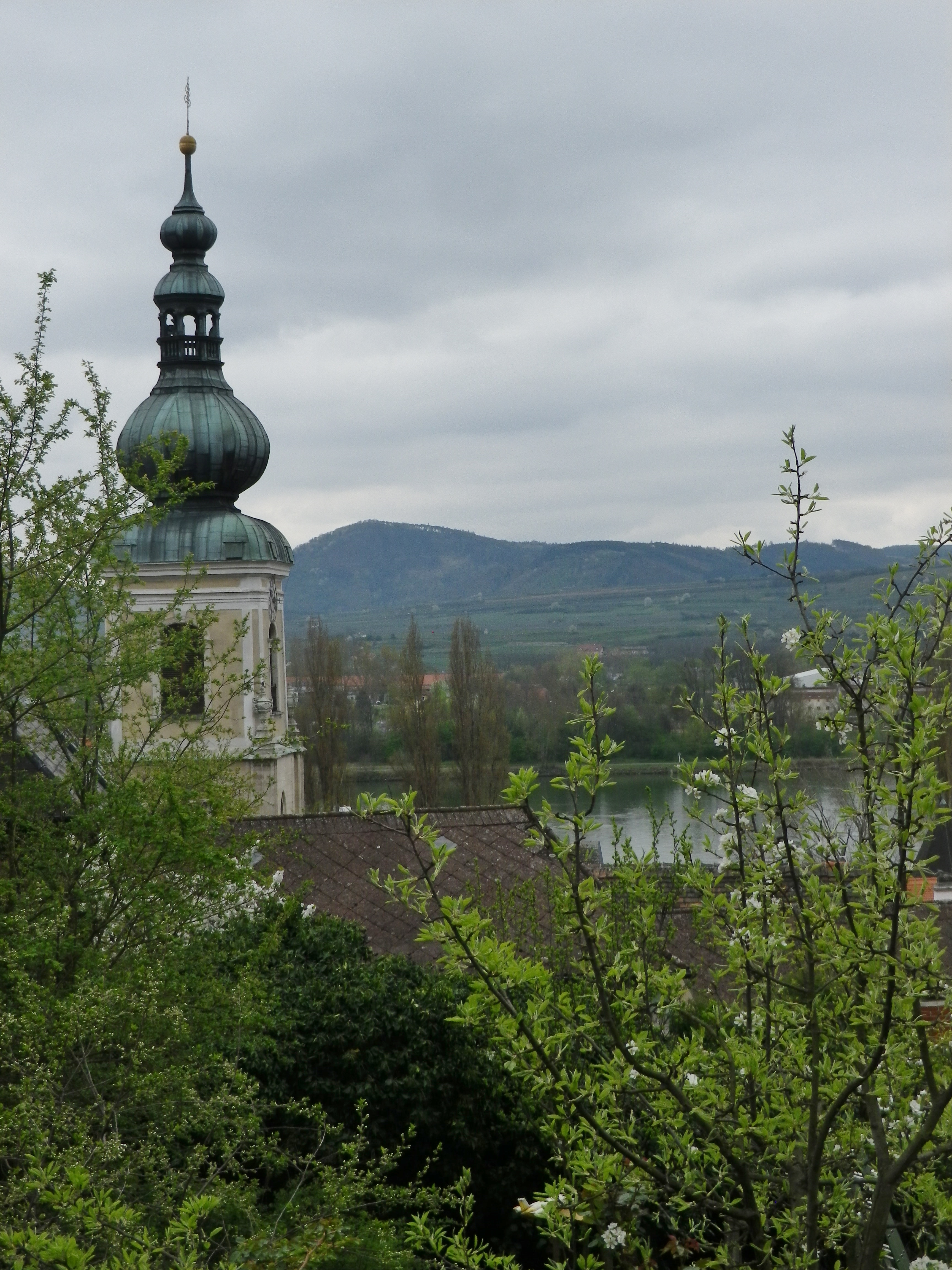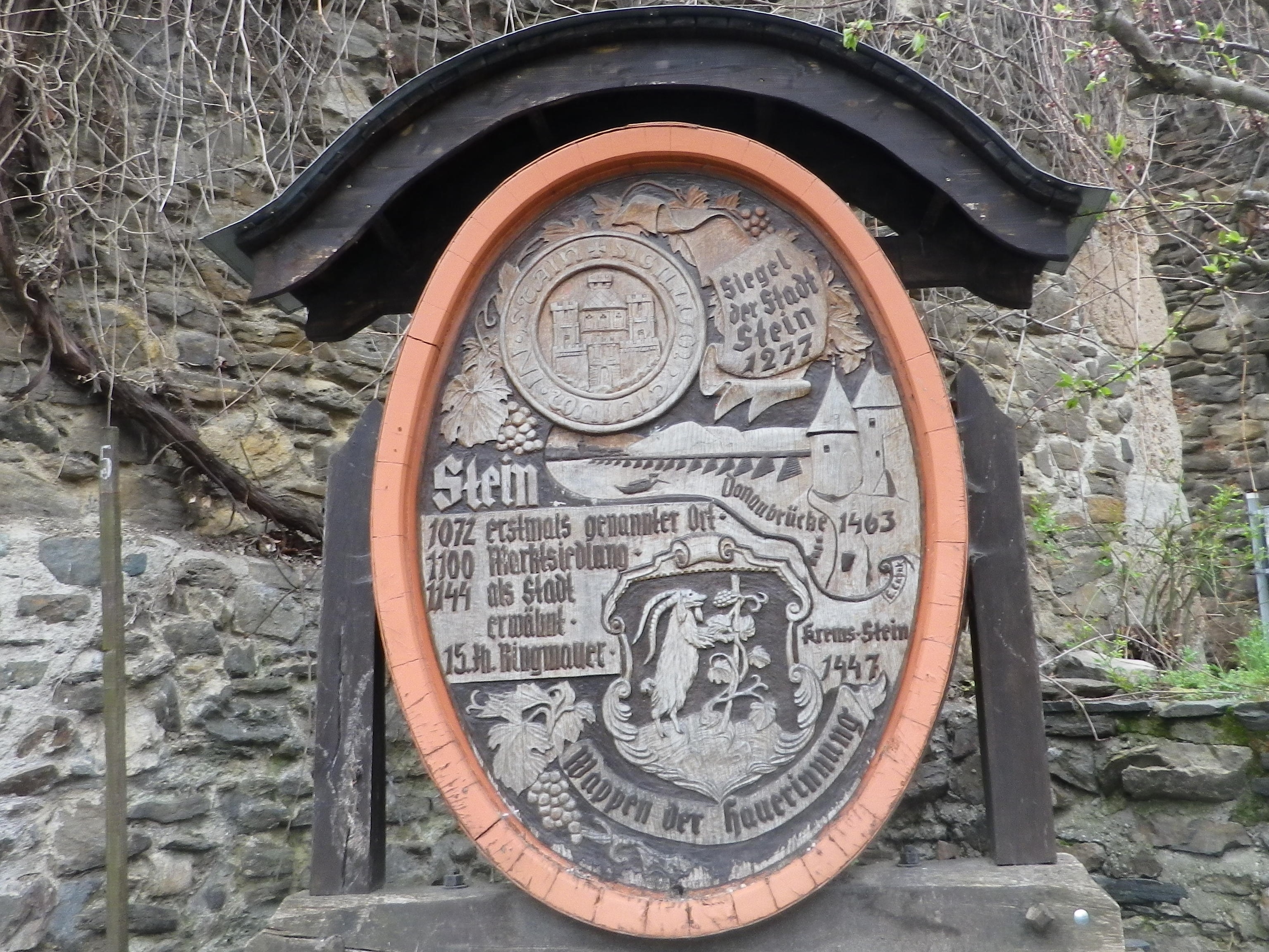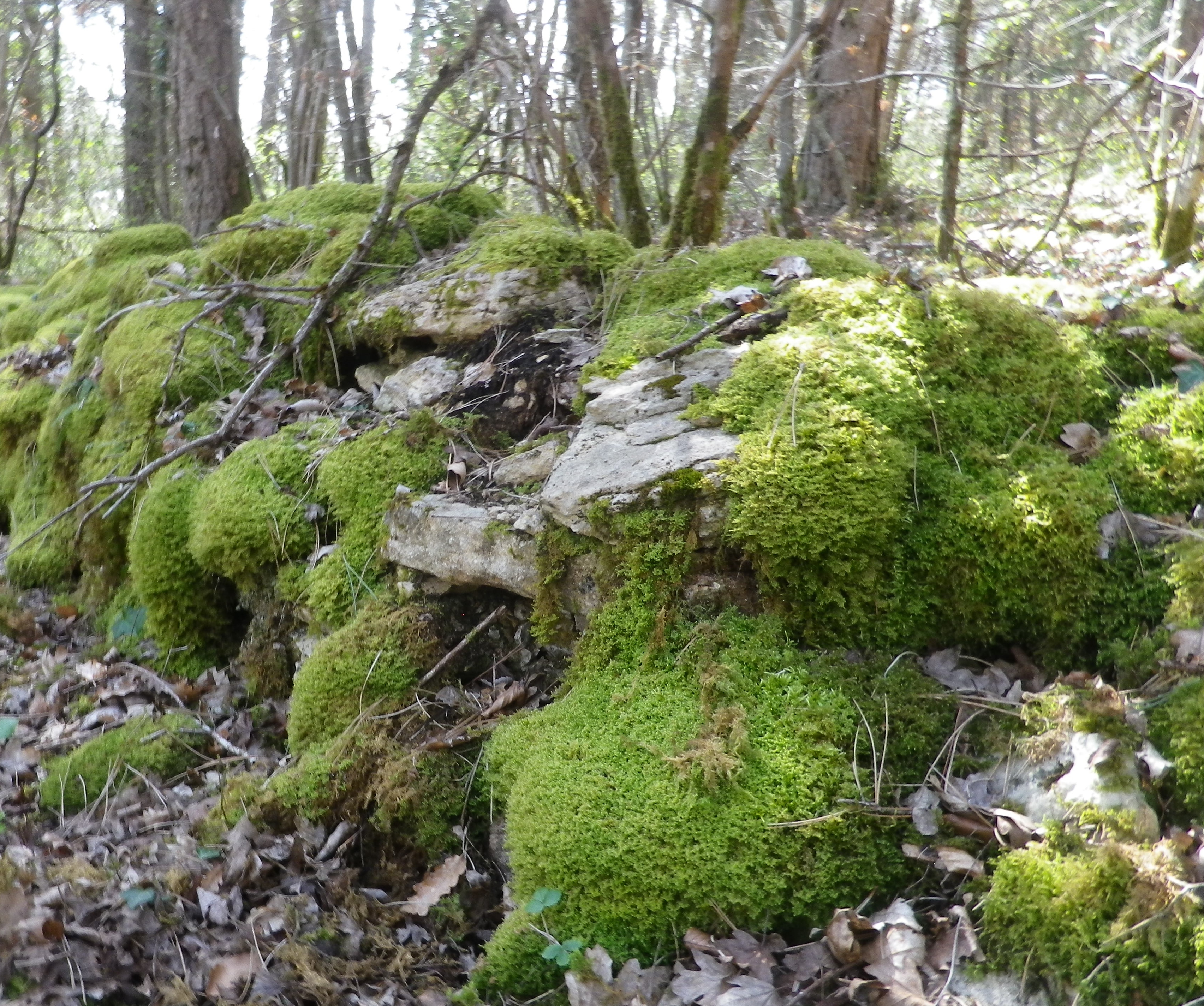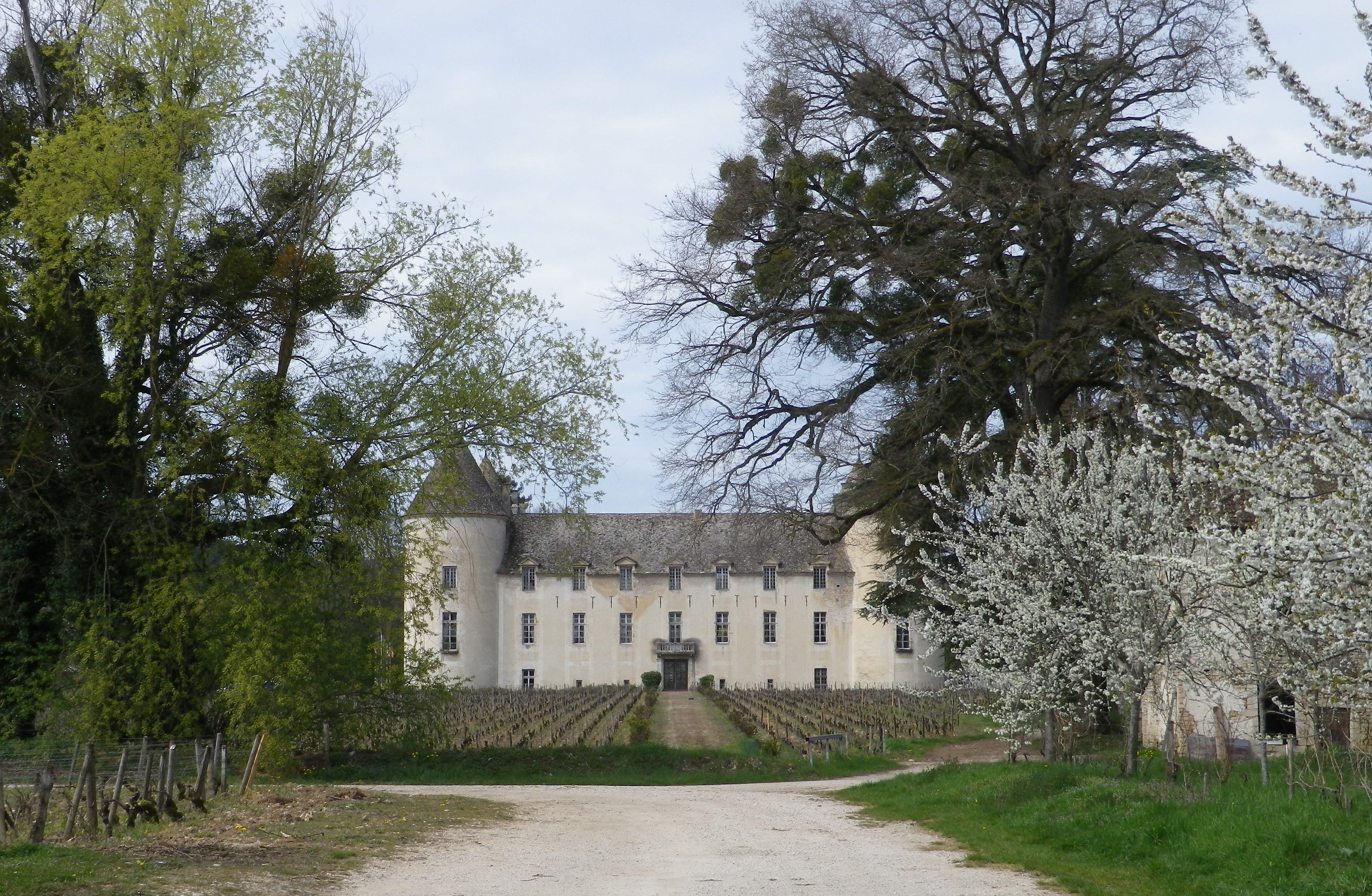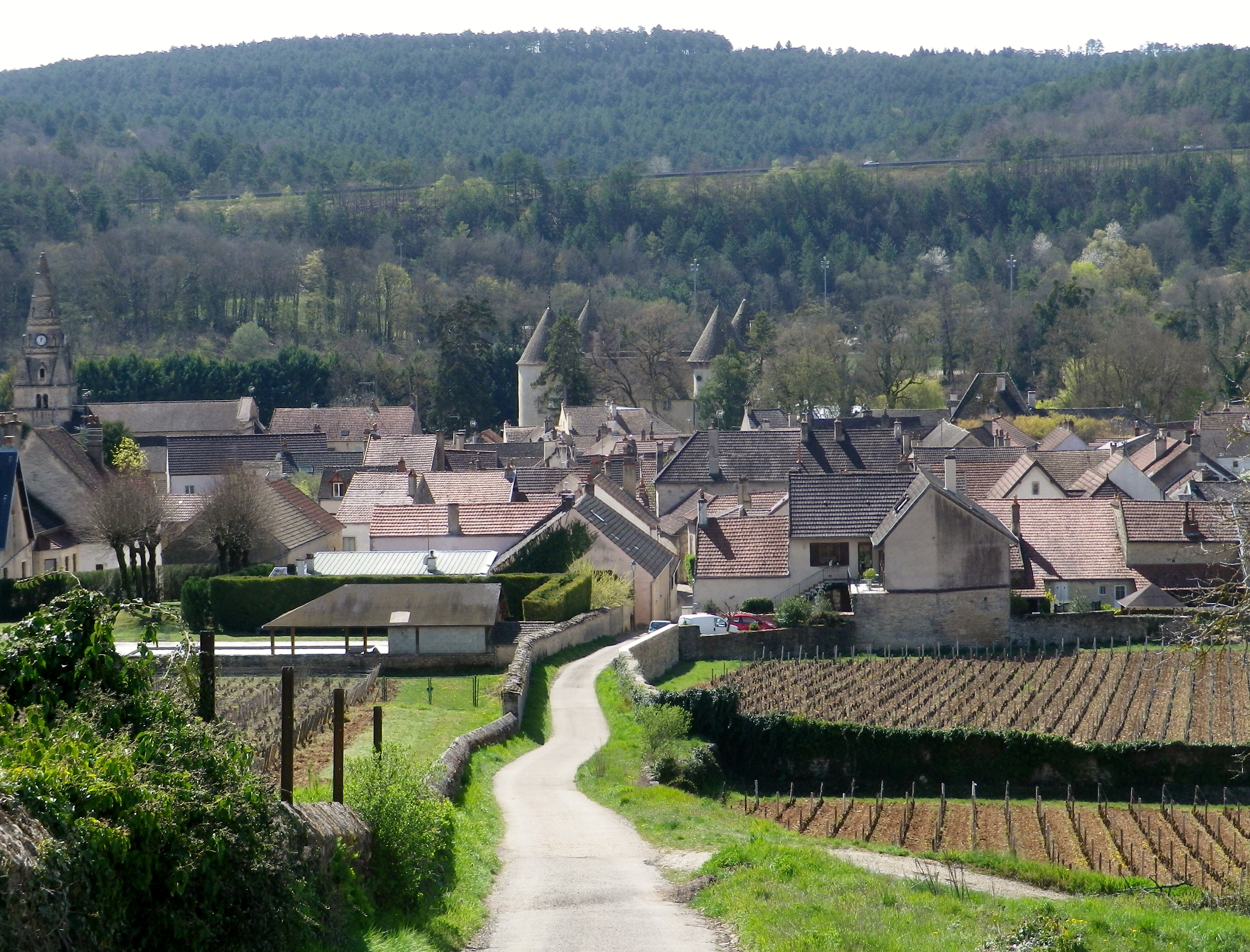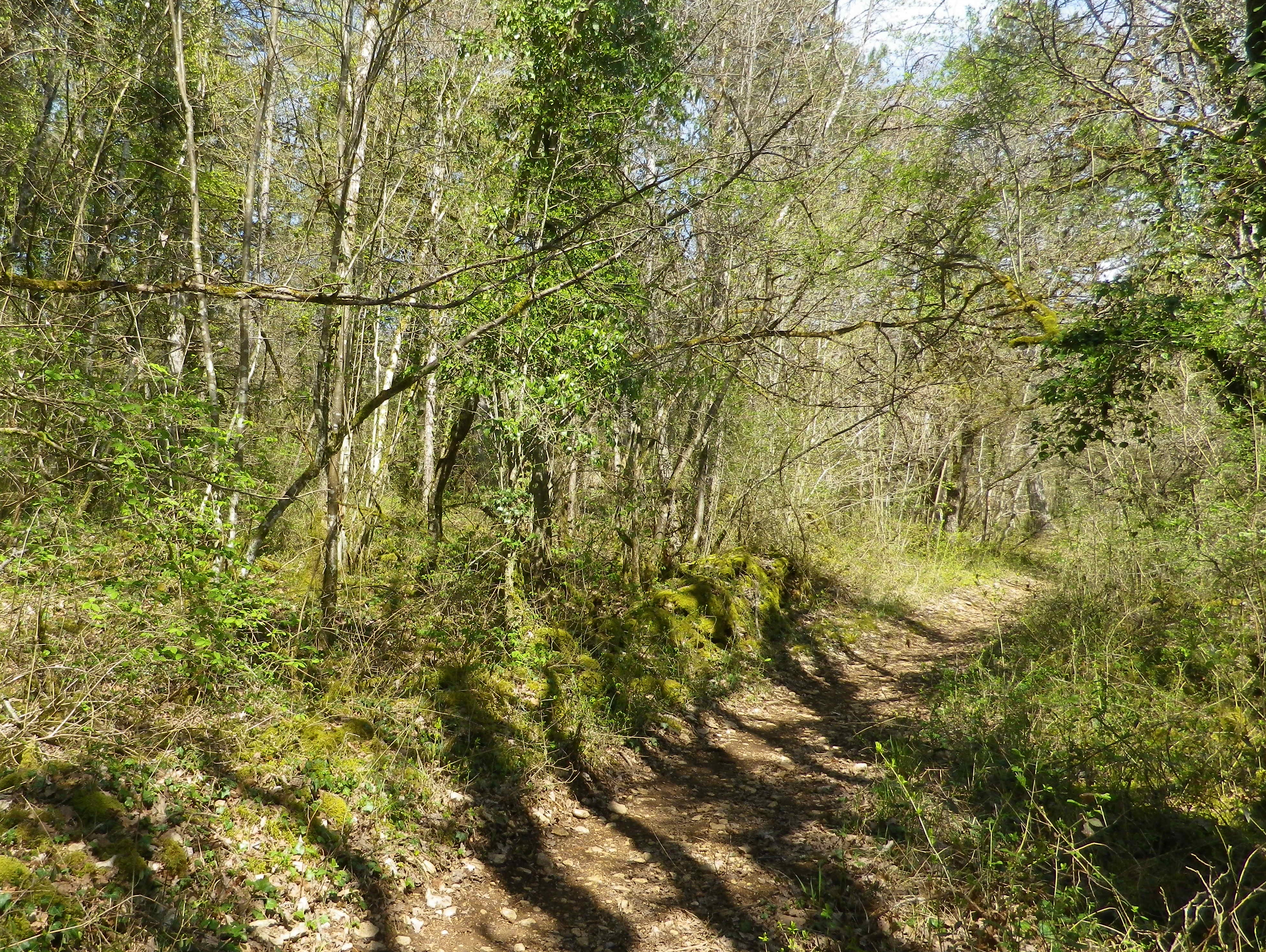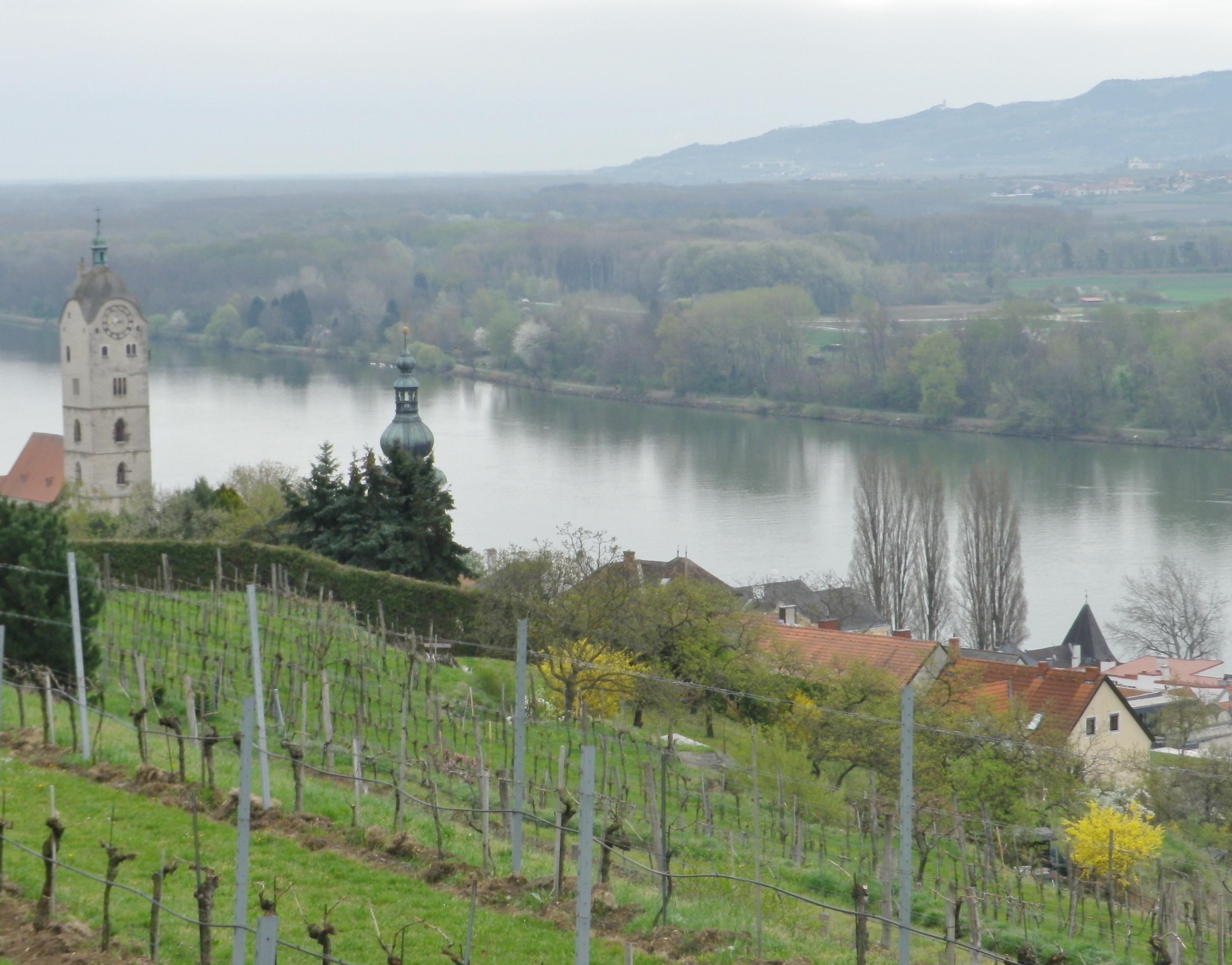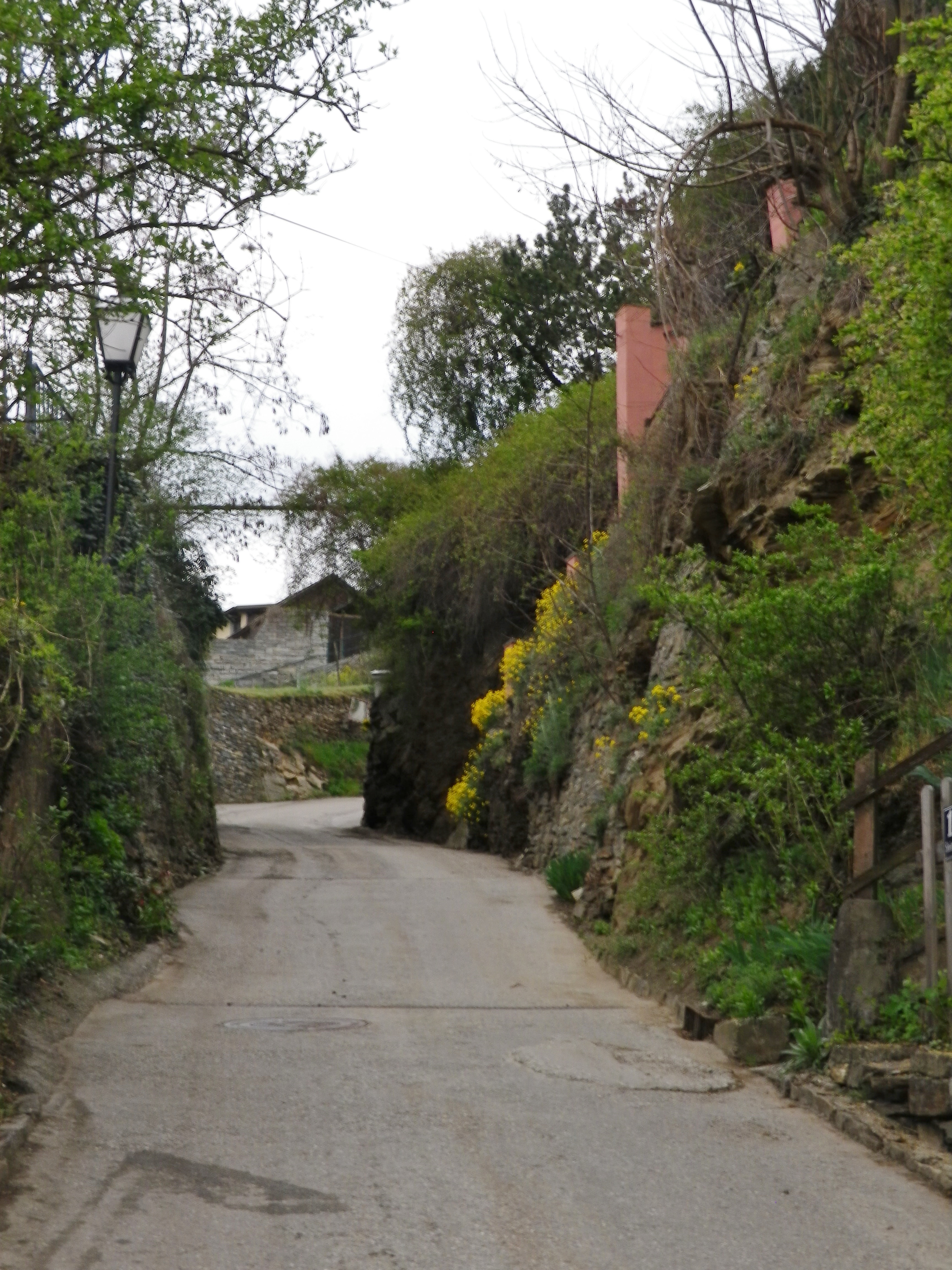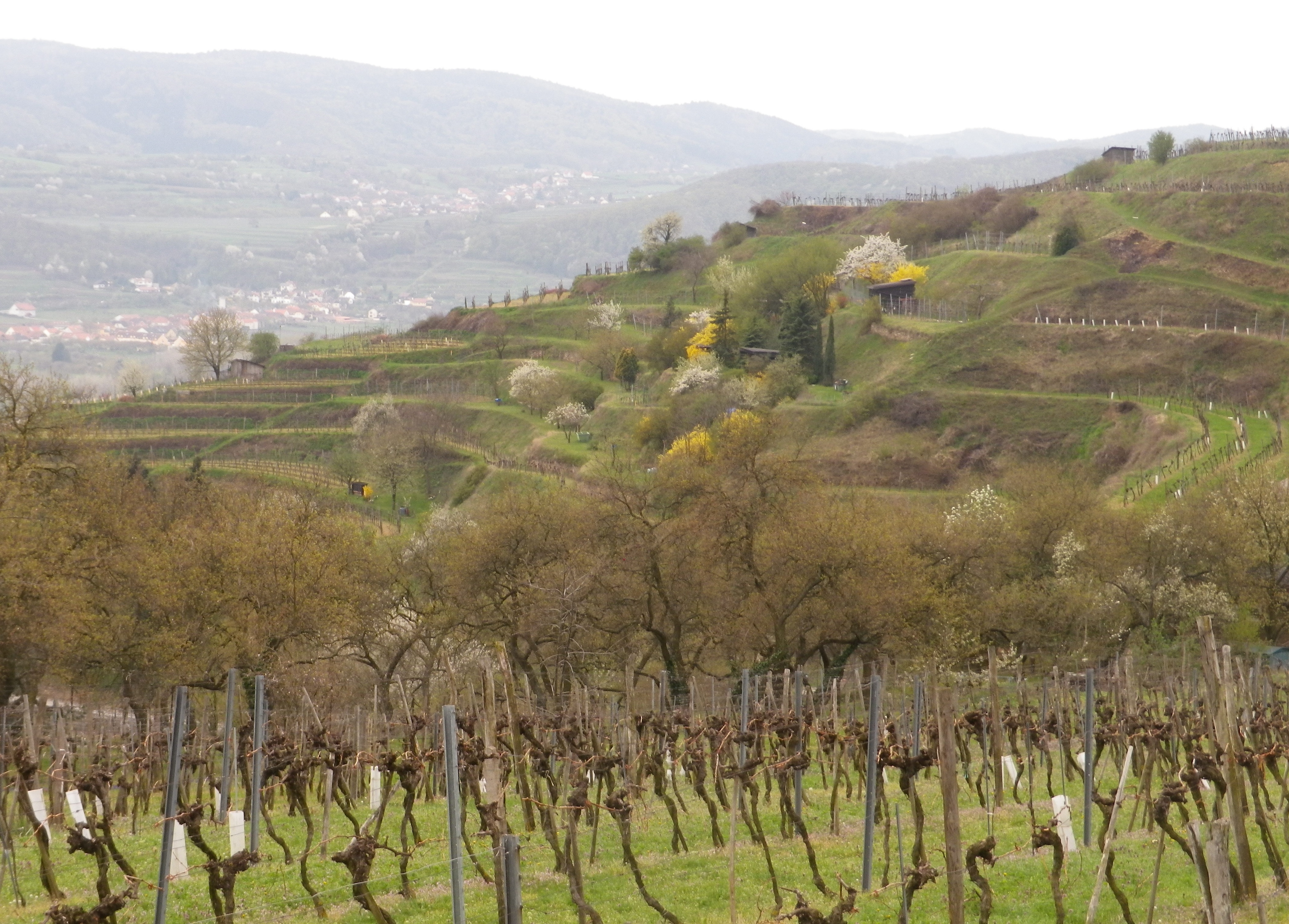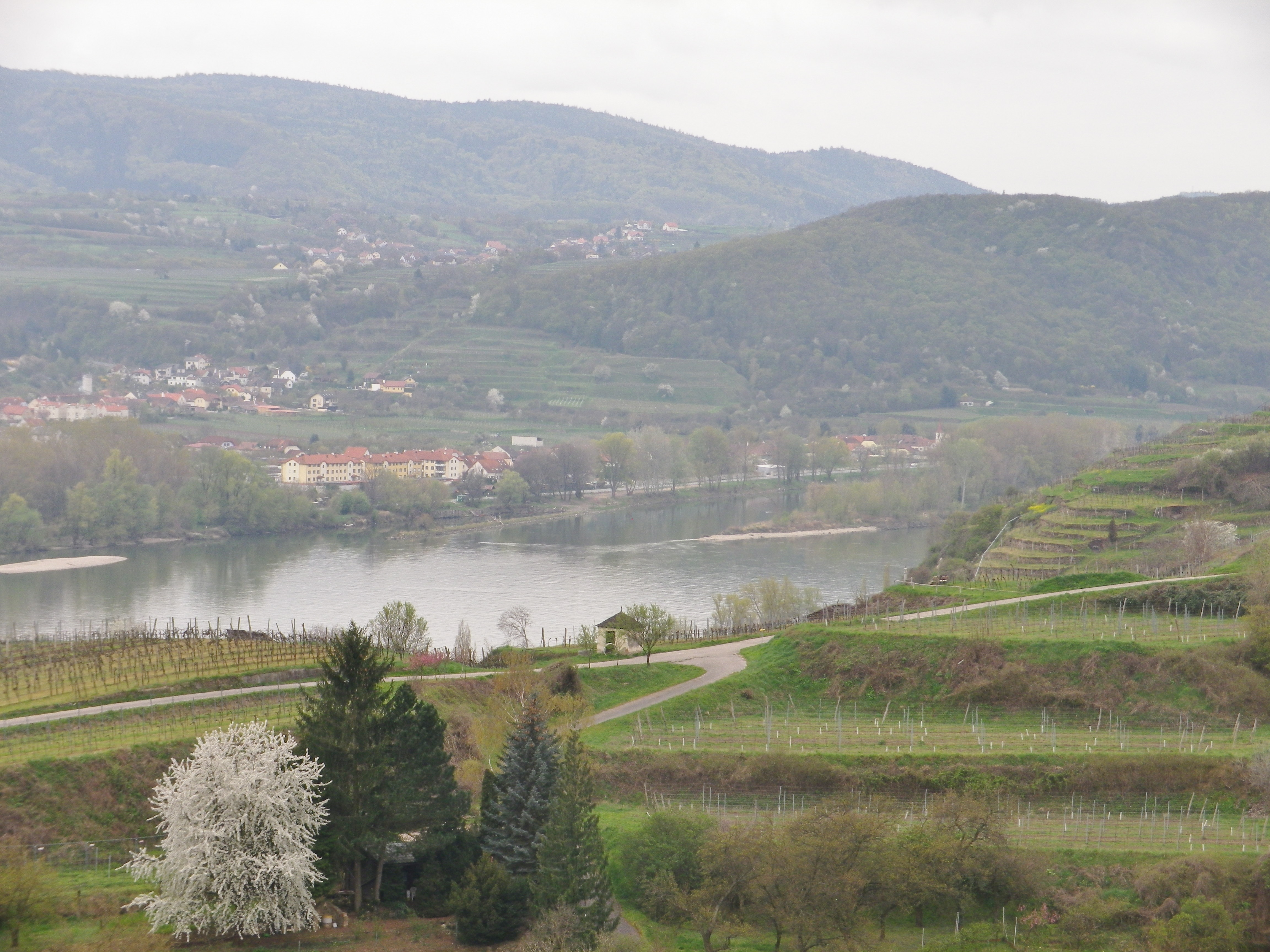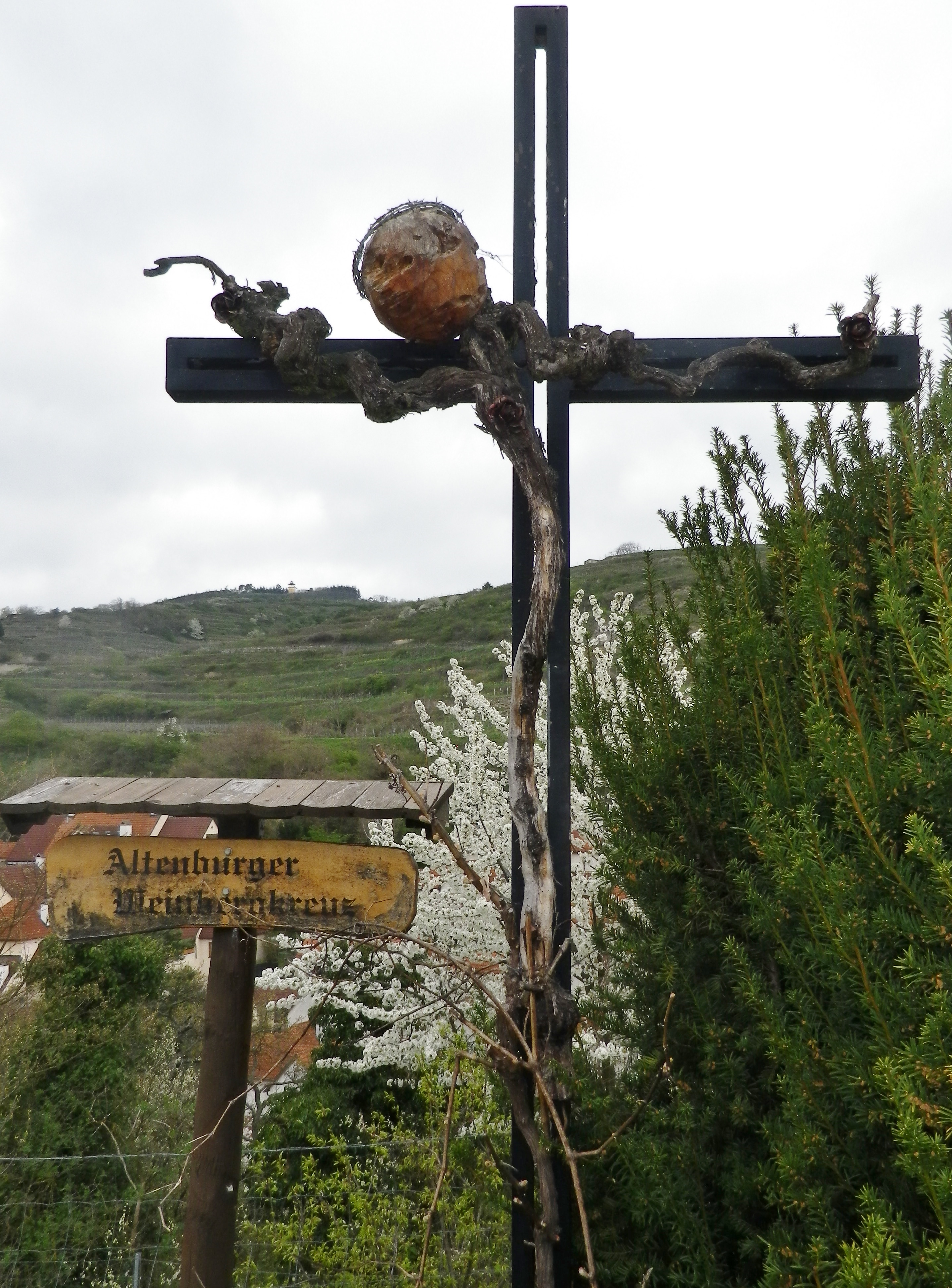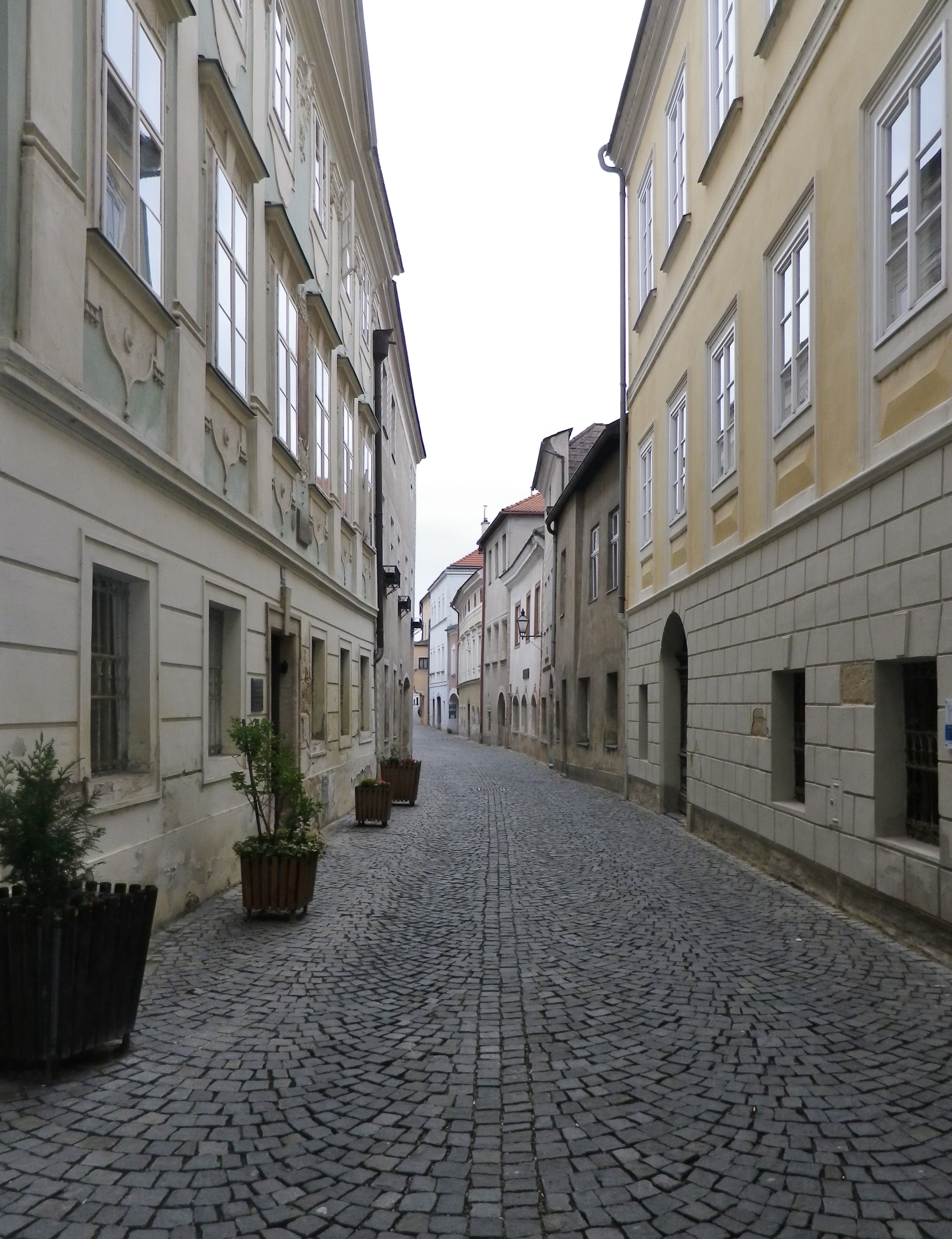What I Learned
Three great Appellations d’Origine Controlee (AOC) begin about 20 miles south from Lyon. They are, from north to south, the famous Cote Rotie, Condrieu, and St Joseph. In these AOC, the Syrah and the Viognier varietals reign supreme.
Condrieu is a small town, and the vines of its appellation are sandwiched between the Cote Rotie appellation, and the Saint Joseph appellation, While the Cote Rotie is famous for its red wines, Condrieu is famous for its white wines. And while the Saint Joseph appellation is the largest in this part of the northern Rhone, the Condrieu appellation is one of the smallest in the region.
This appellation covers only about 260 hectares, and only six other communes (Chavanay, Limony, Malleval, Verin, Saint Michel sur Rhone, and Saint Pierre de Boeuf), most of which are considerably smaller than Condrieu. Encircled by this appellation is one of the smallest appellations in France: Chateau Grillet.
The white Viognier grape is the sole varietal for the Condrieu and Chateau Grillet appellations. This varietal produces delicious, full bodied and full-flavored wines that are perfumed treasures for white wine lovers. Only about 6000 hectoliters are produced each year in the Condrieu appellation. (And unless you have very deep pockets, you can forget about including a bottle of Chateau Grillet, with its even smaller production, in your collection of appellation Viognier wine from this area.)
Granitic soils predominate here, unlike the limestone and calcareous soils in so many other non-Rhone Valley appellations. The unique substrata in the northern Rhone area forced the river to carve its way south. The valley here is rather narrow and twisting (and quite picturesque), resulting in numerous vineyards with steep south facing exposures – great for soaking up sun and retaining heat!
What I Tasted
2016 Viognier, AOP, Domaine Louis Clerc: A dry white wine with medium gold color; nose of spice, green wood; and flavors of spice, wood, and vanilla; medium acidity, smooth aromatic finish.
2016 Viognier, Resurgence, Appellation Condrieu Protegee, Xavier Mourier (Chavanay): A dry white wine with medium gold color; nose of spice, green wood; and flavors of spice, wood, vanilla; medium acidity, smooth aromatic finish
2016 Viognier, La Berne, Vieilles Vignes, Appellation Condrieu Controlee Domaine Lionel Faury (Chavanay): A dry white wine with medium gold color; nose is fruity and slightly floral, with white stone fruit and vanilla flavors; medium plus acidity, with a smooth medium length finish.
2016 Viognier, La Berne, Appellation Condrieu Controlee Domaine Lionel Faury: A dry white wine with medium gold color; a mineral and slightly floral nose, with floral, clove, oak, and vanilla flavors; medium acidity and length
2016 Viognier, Les Rouelles, Appellation Condrieu Controlee, Gilles Flacher (Charnas): A dry white wine with medium gold color; spice and smoky nose, with floral, spice and smoky flavors; high acidity, but a relatively smooth finish.
